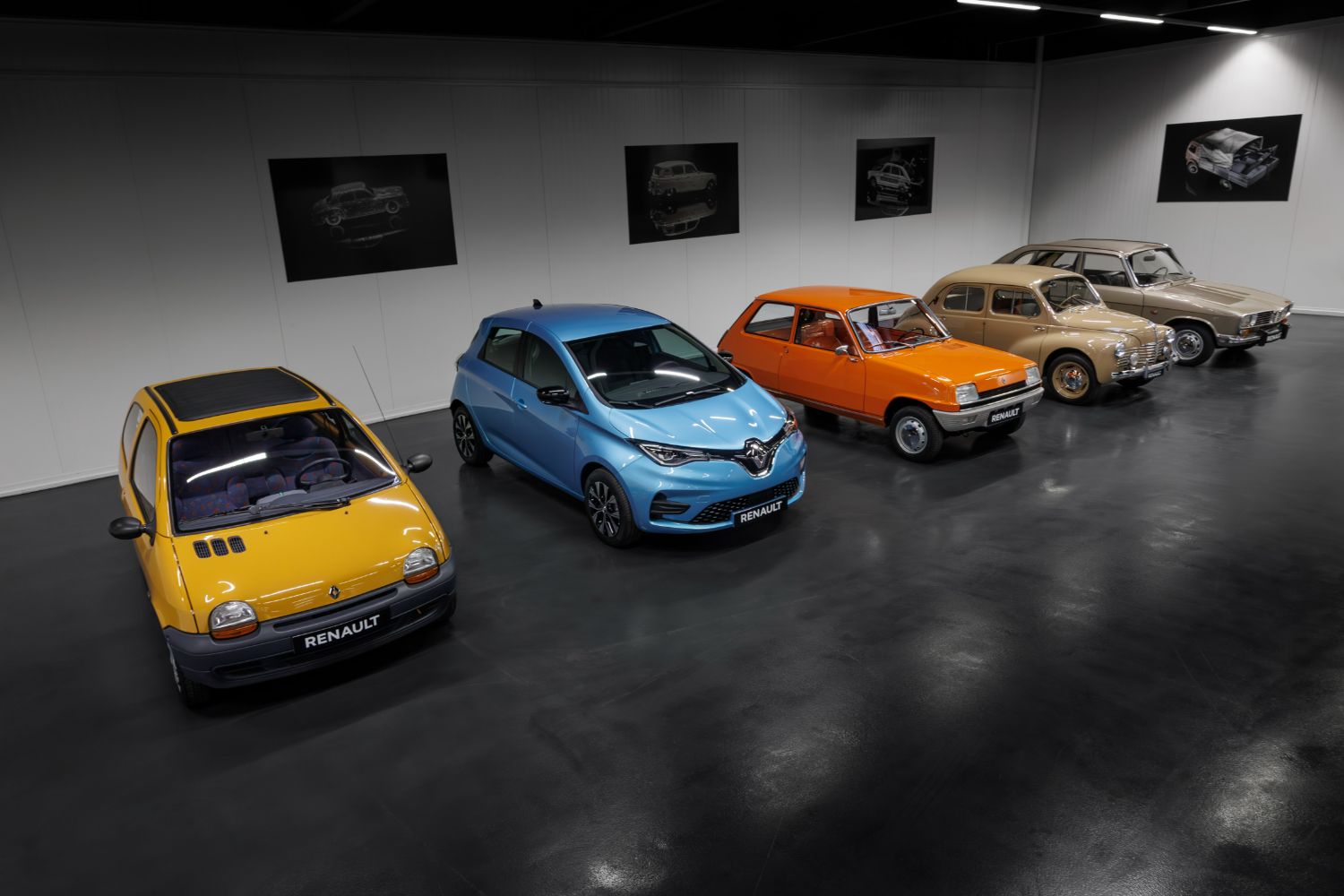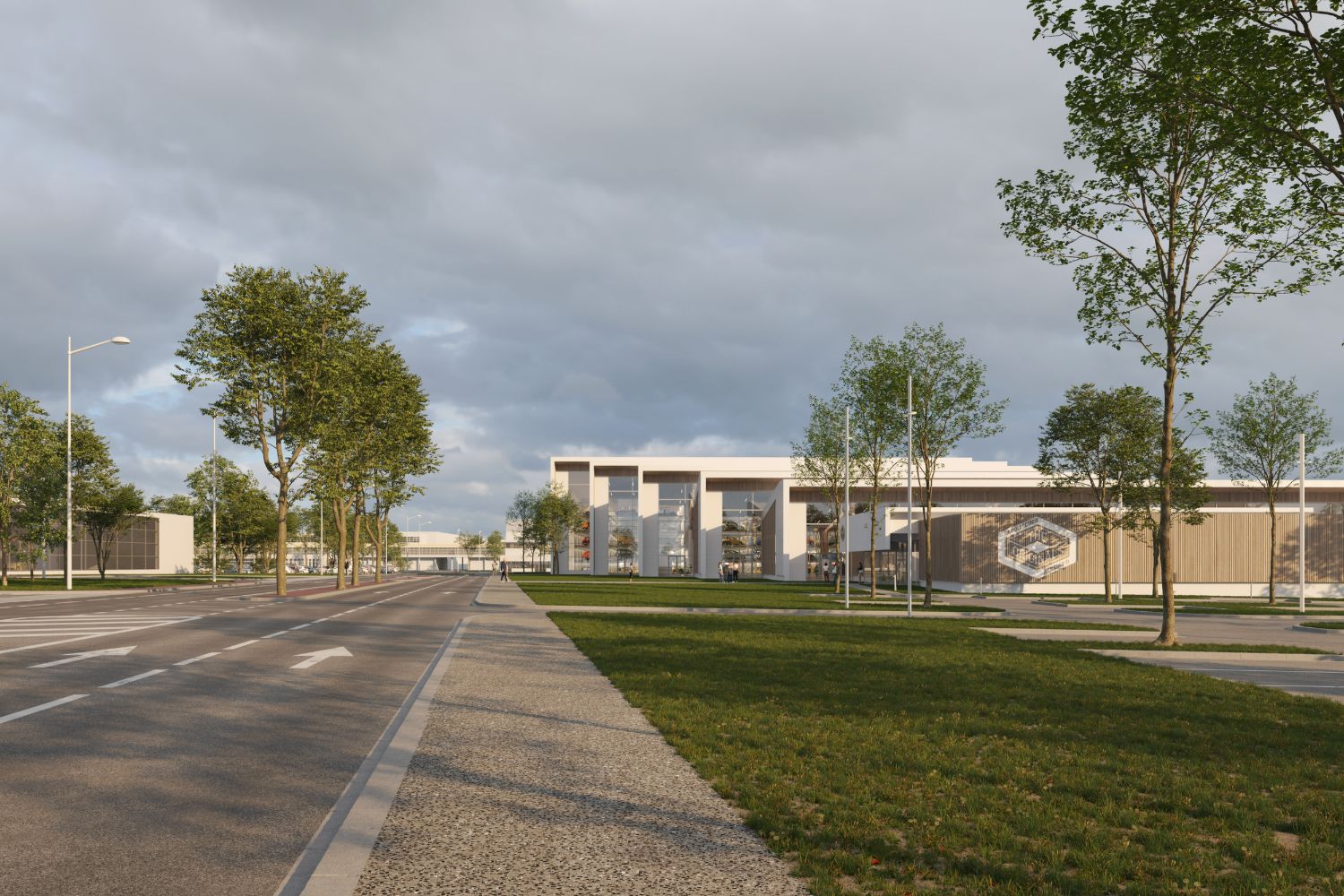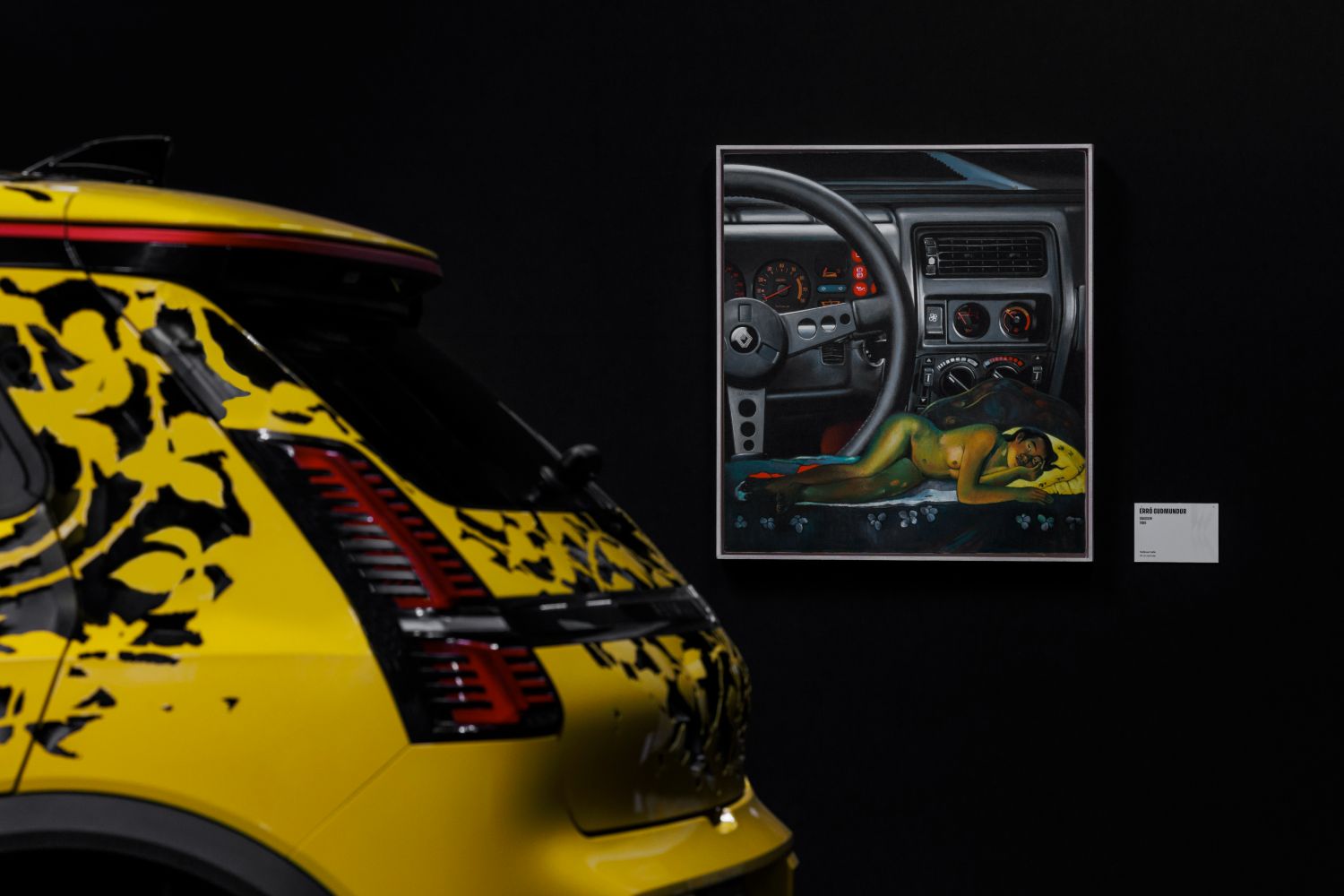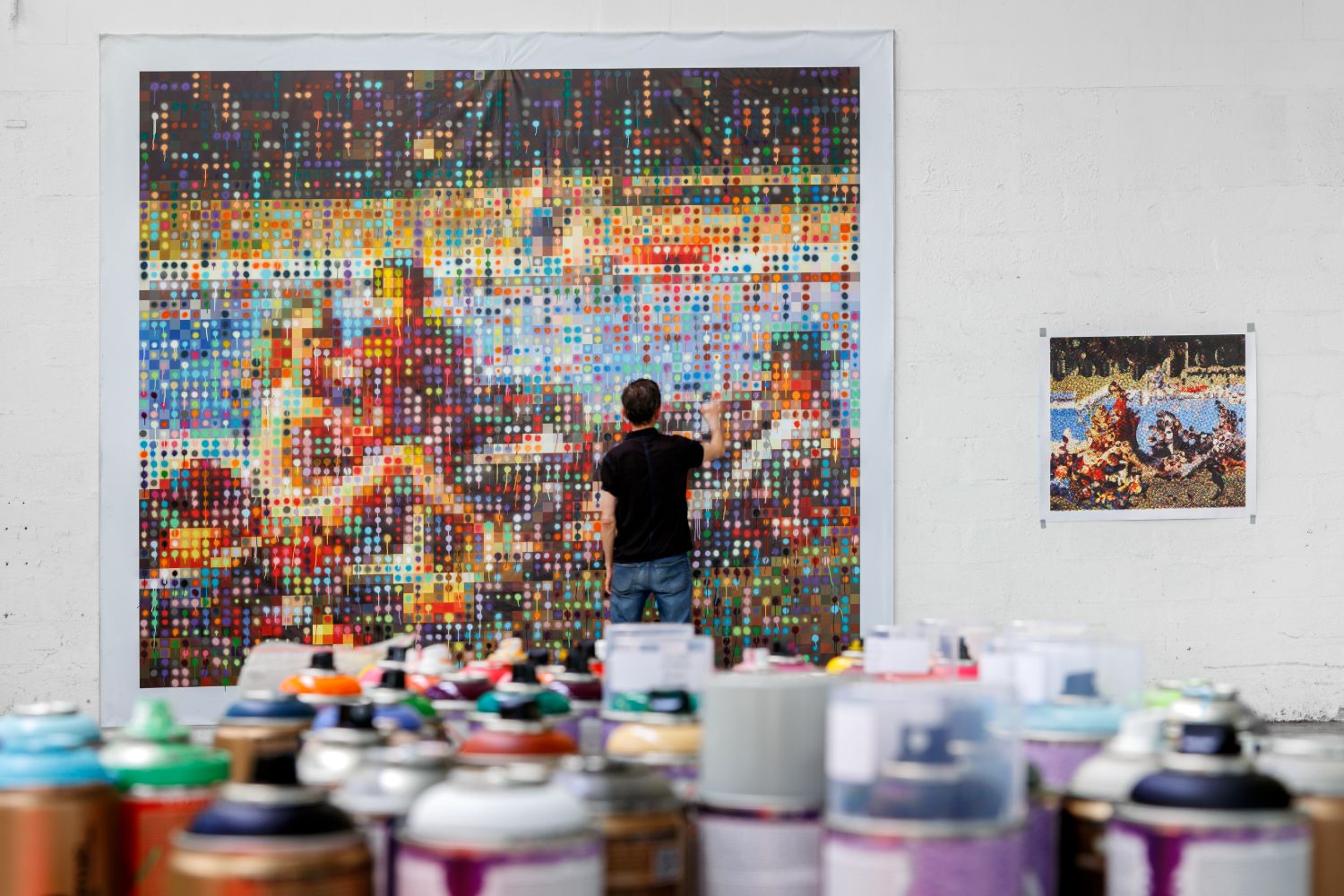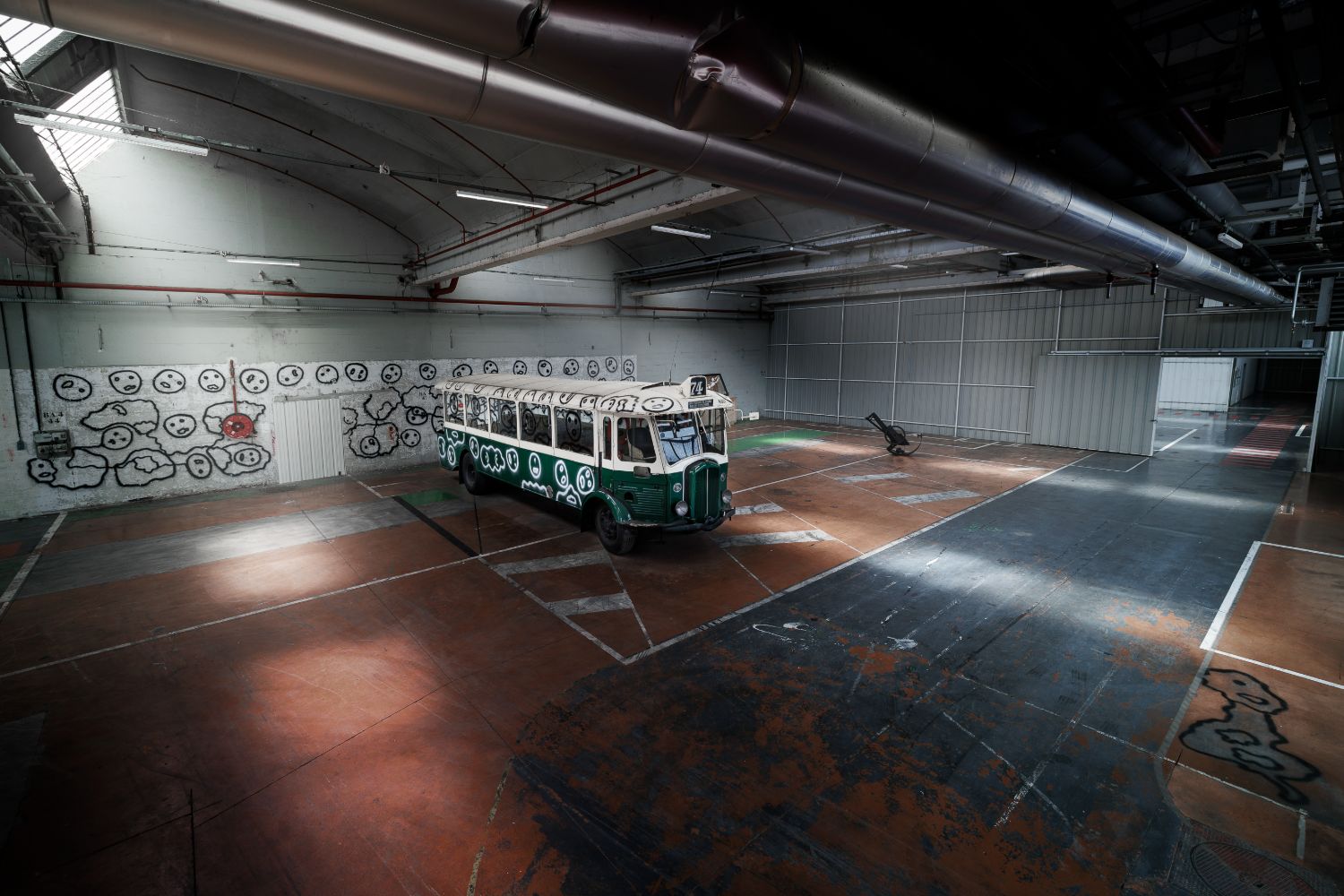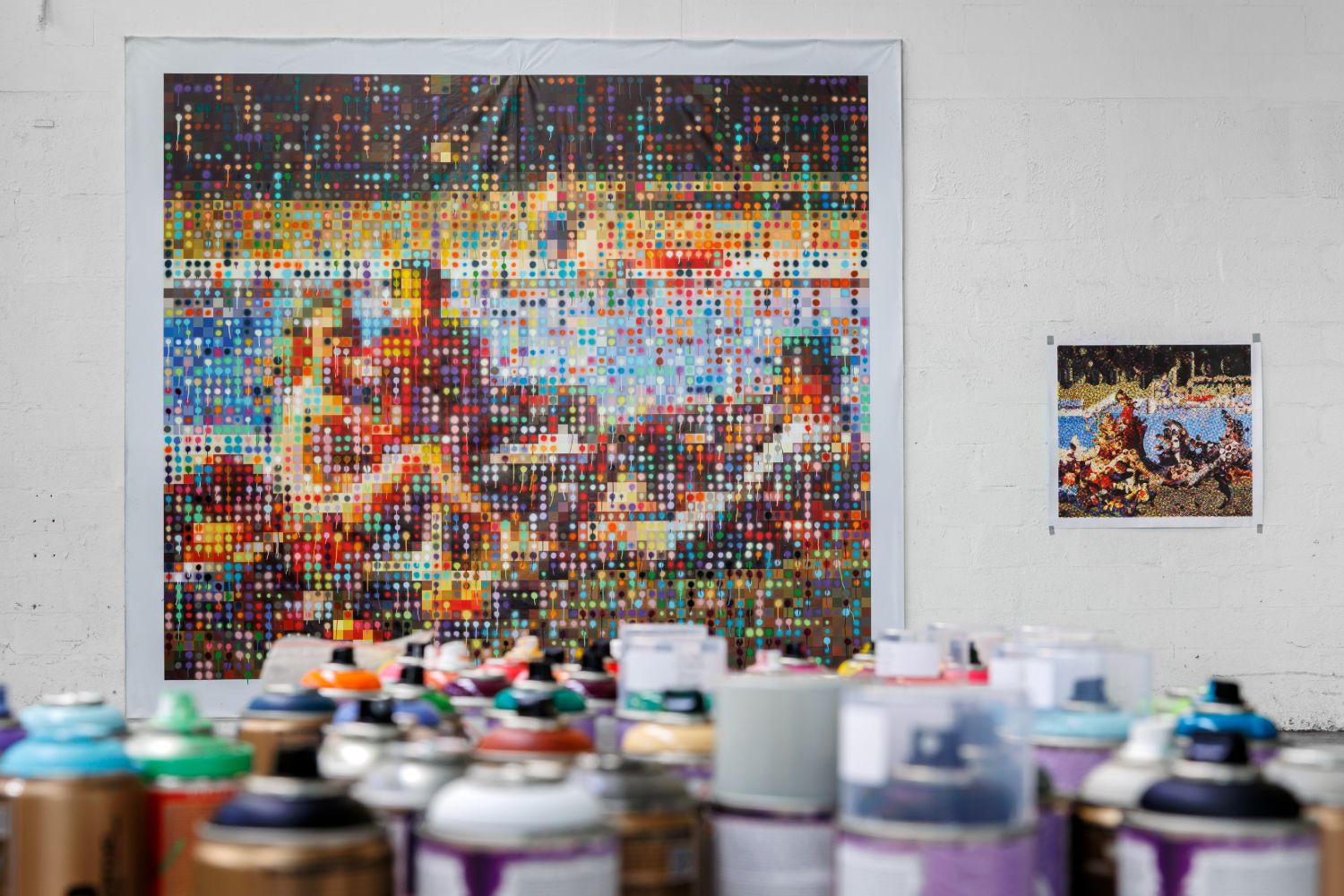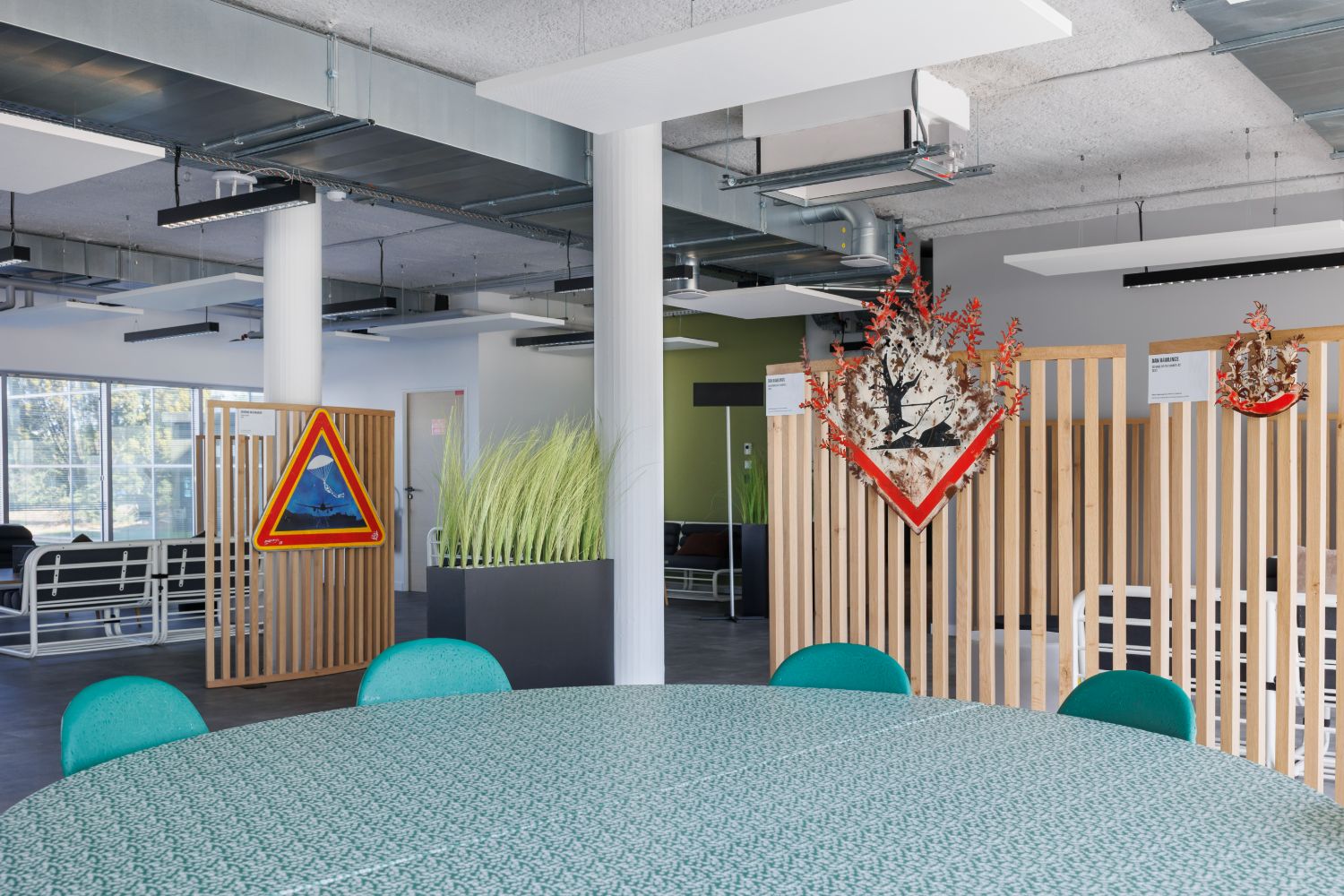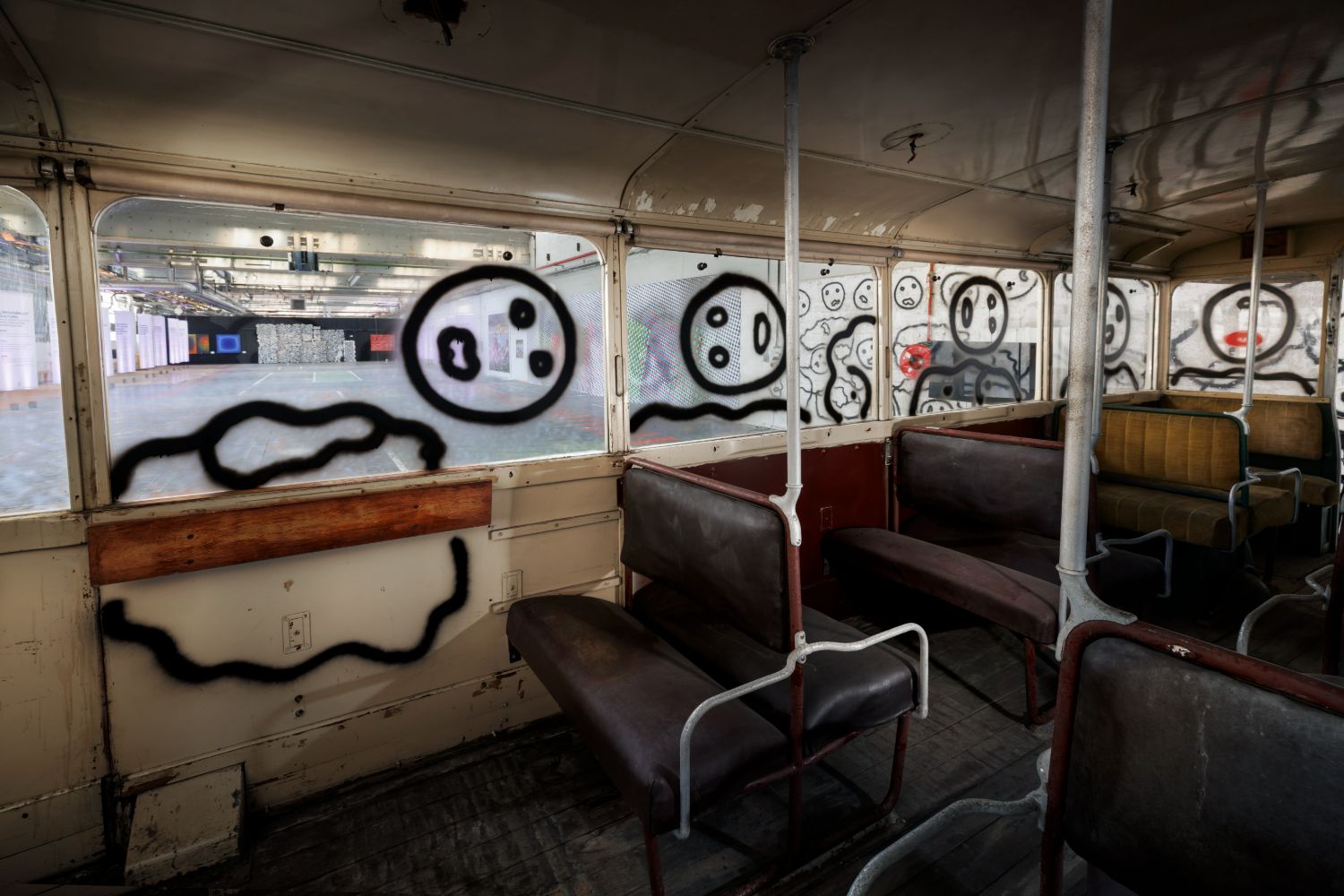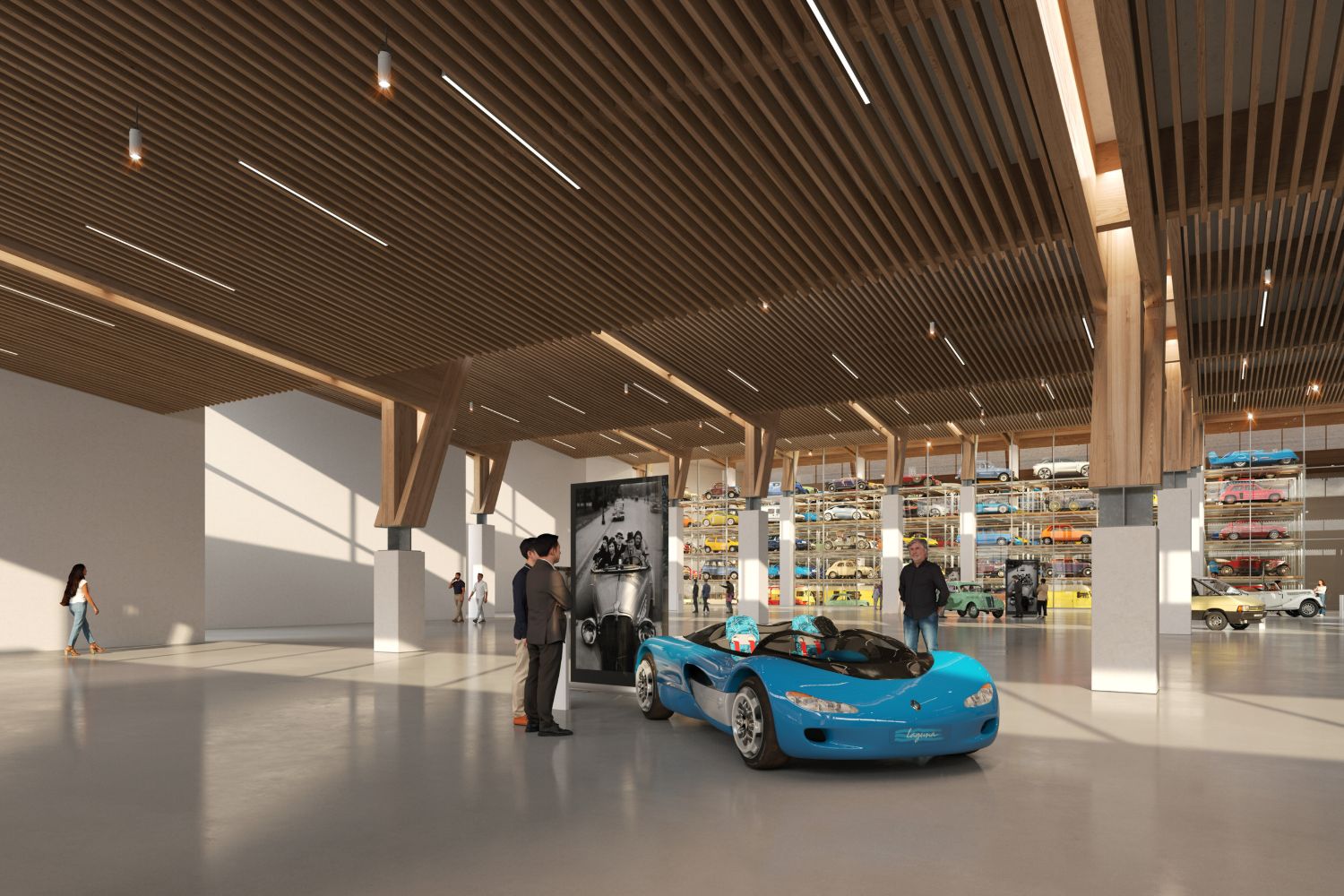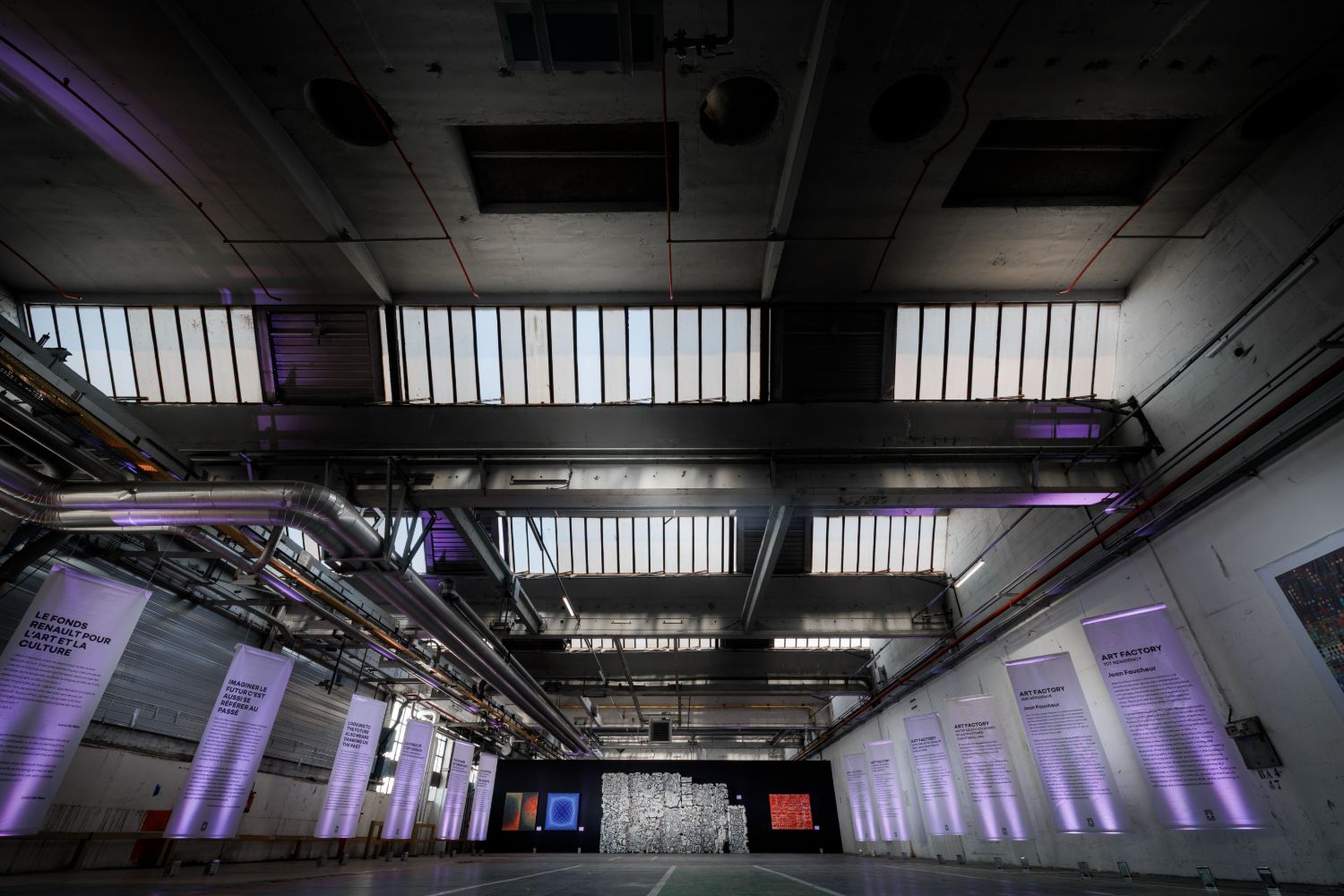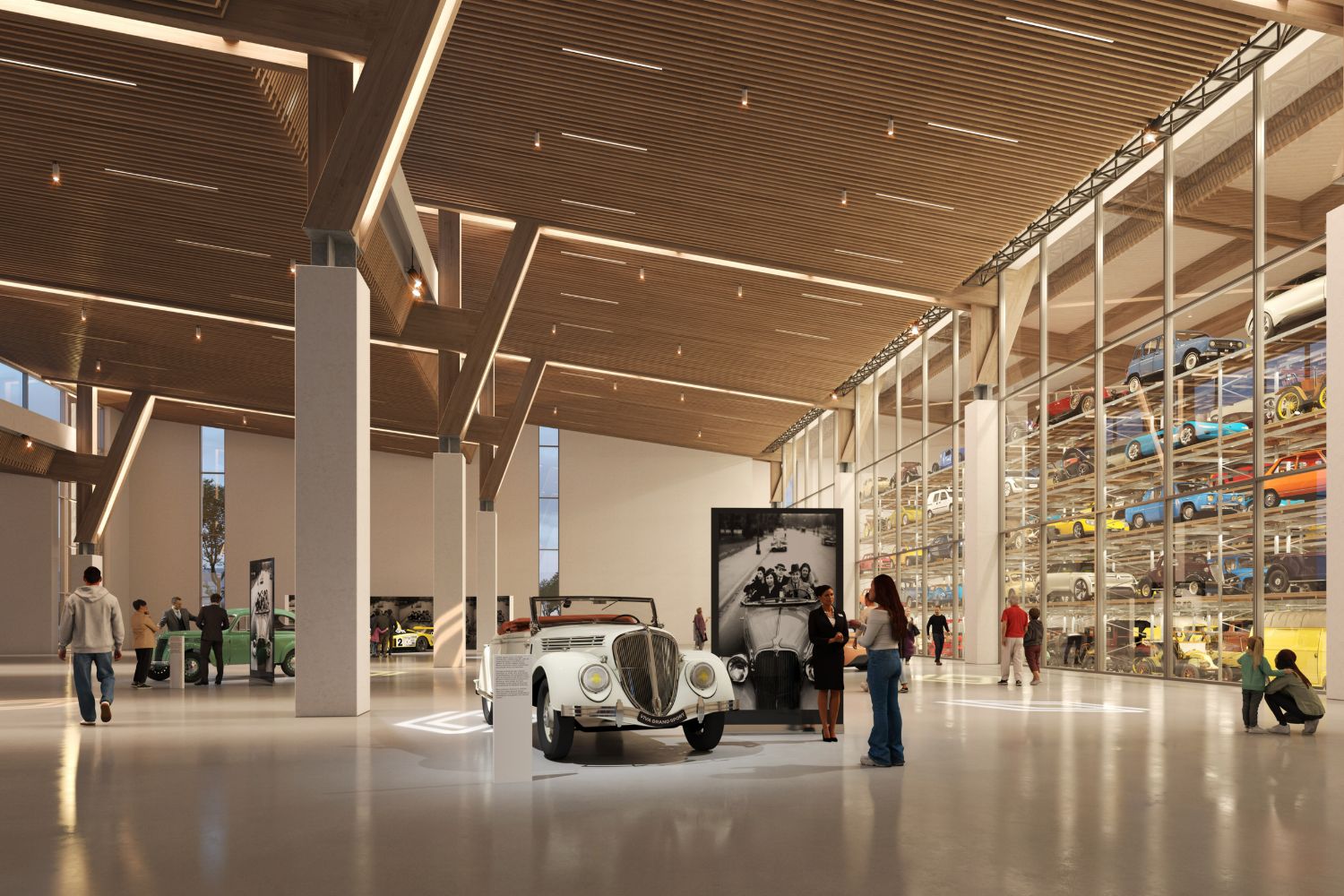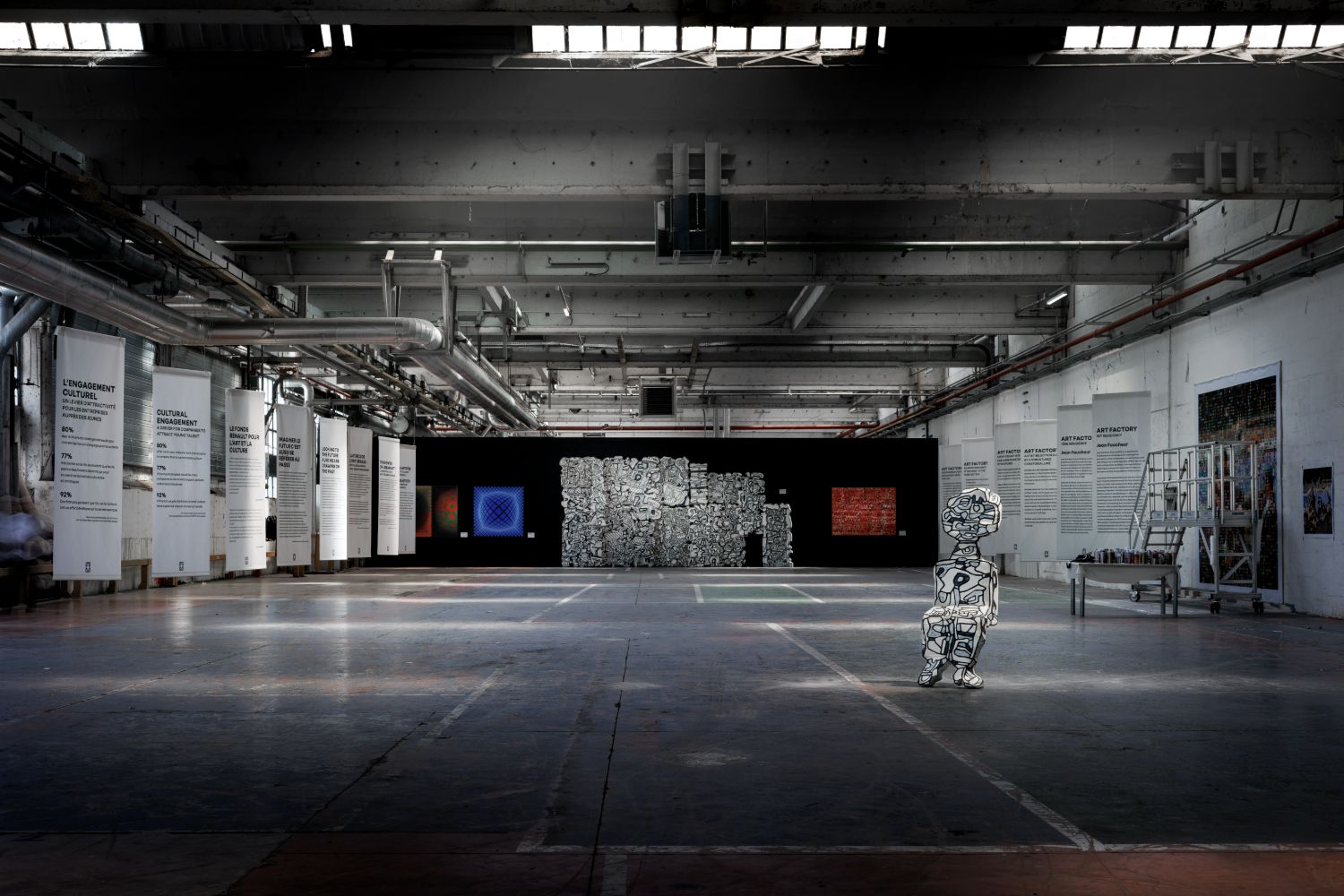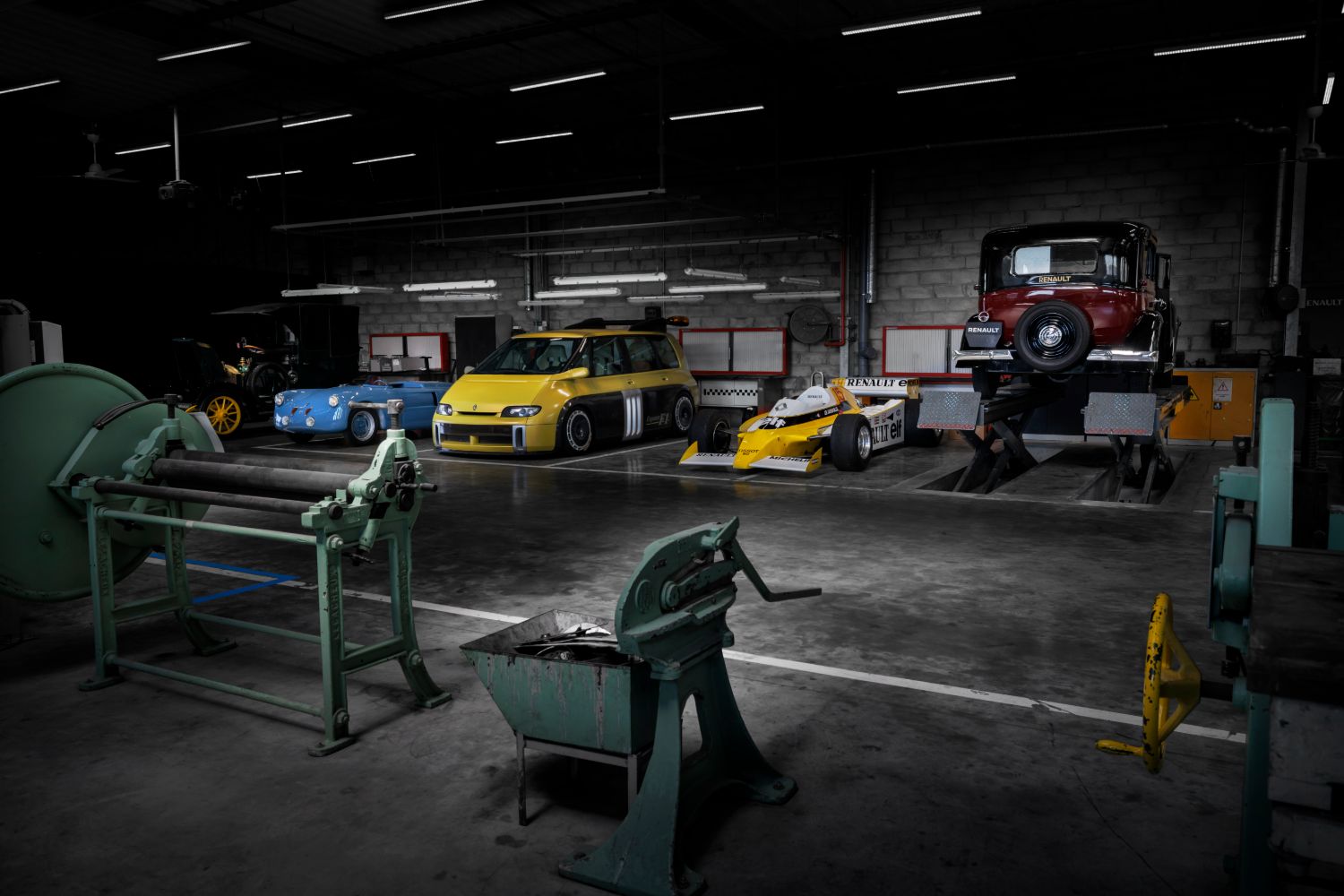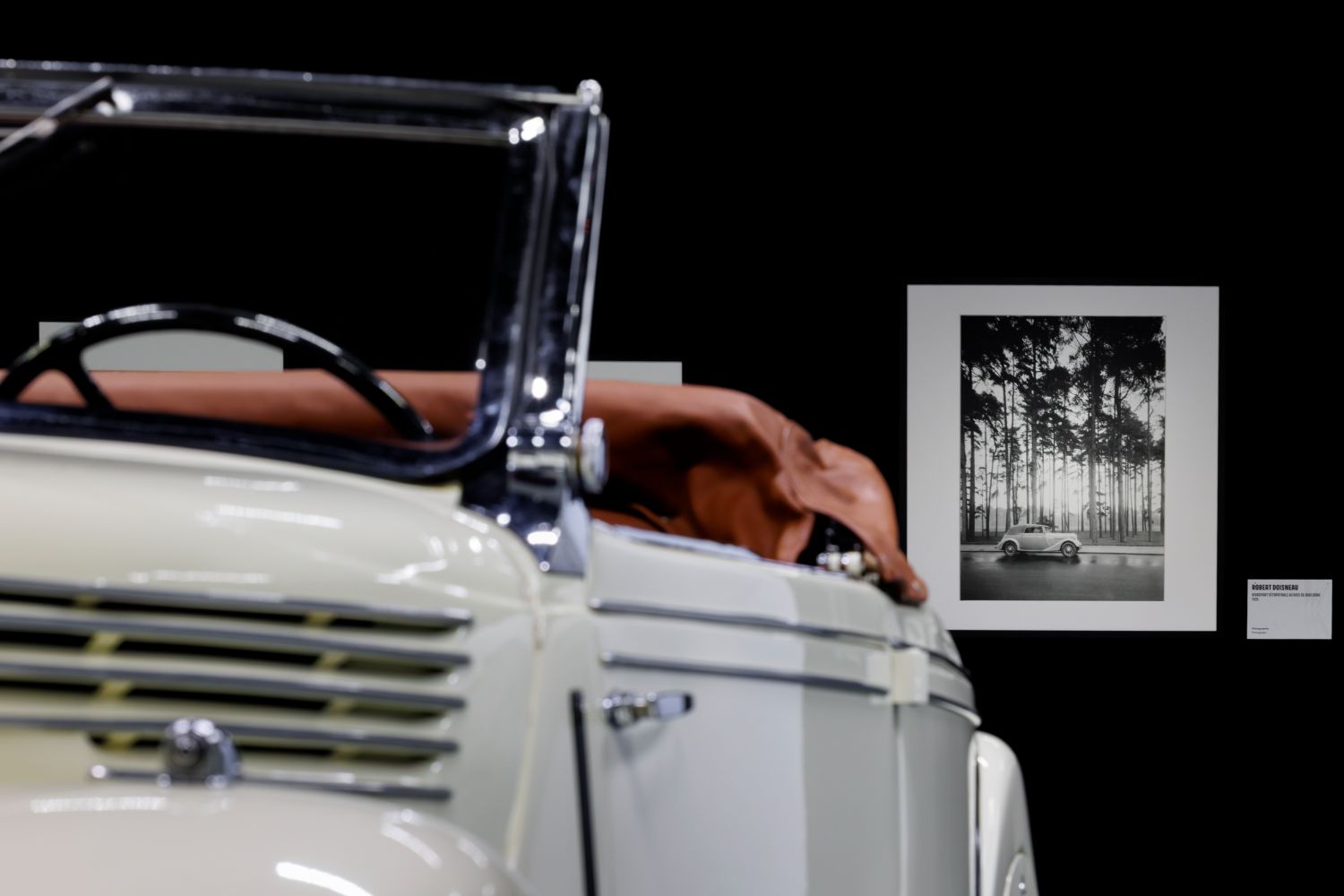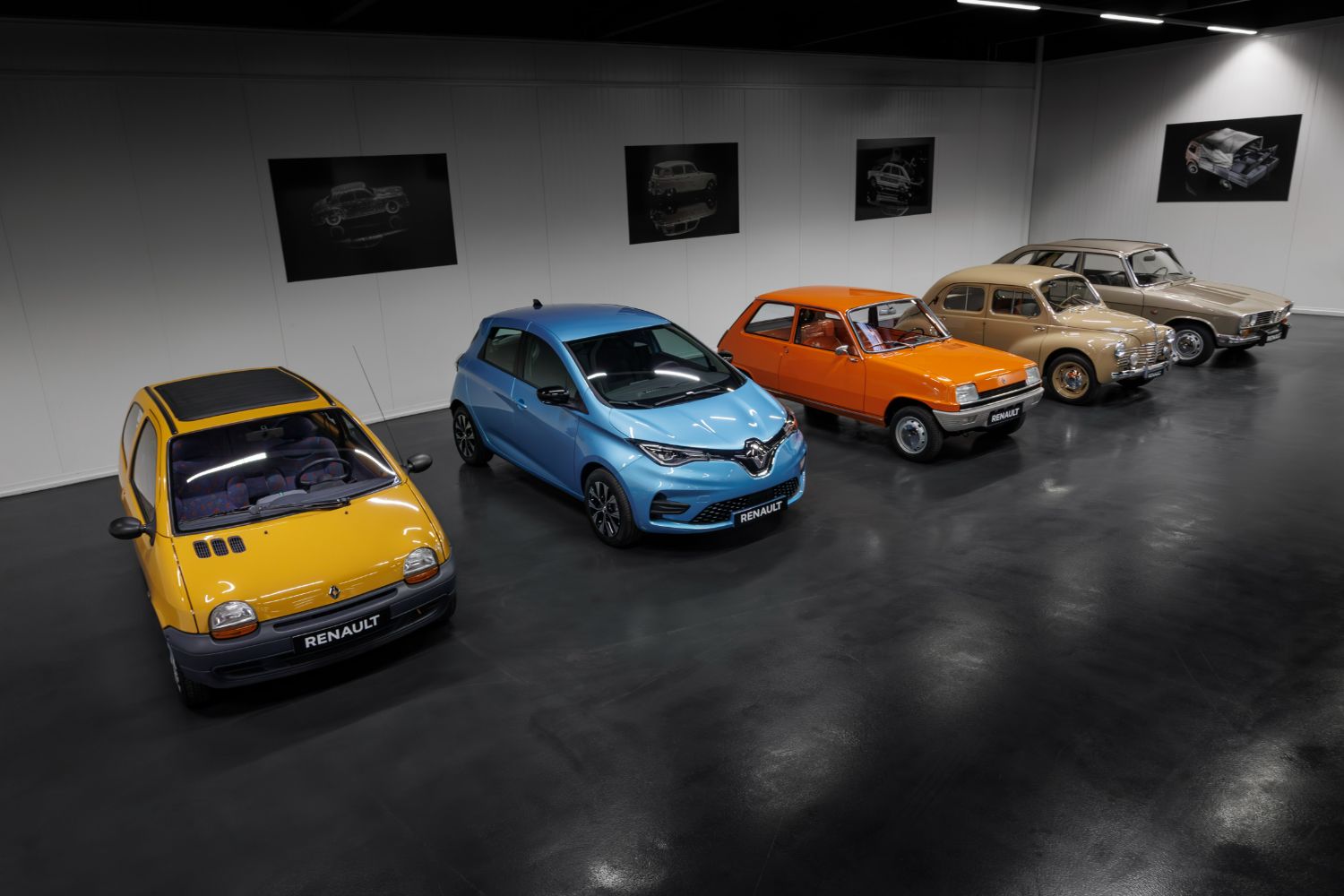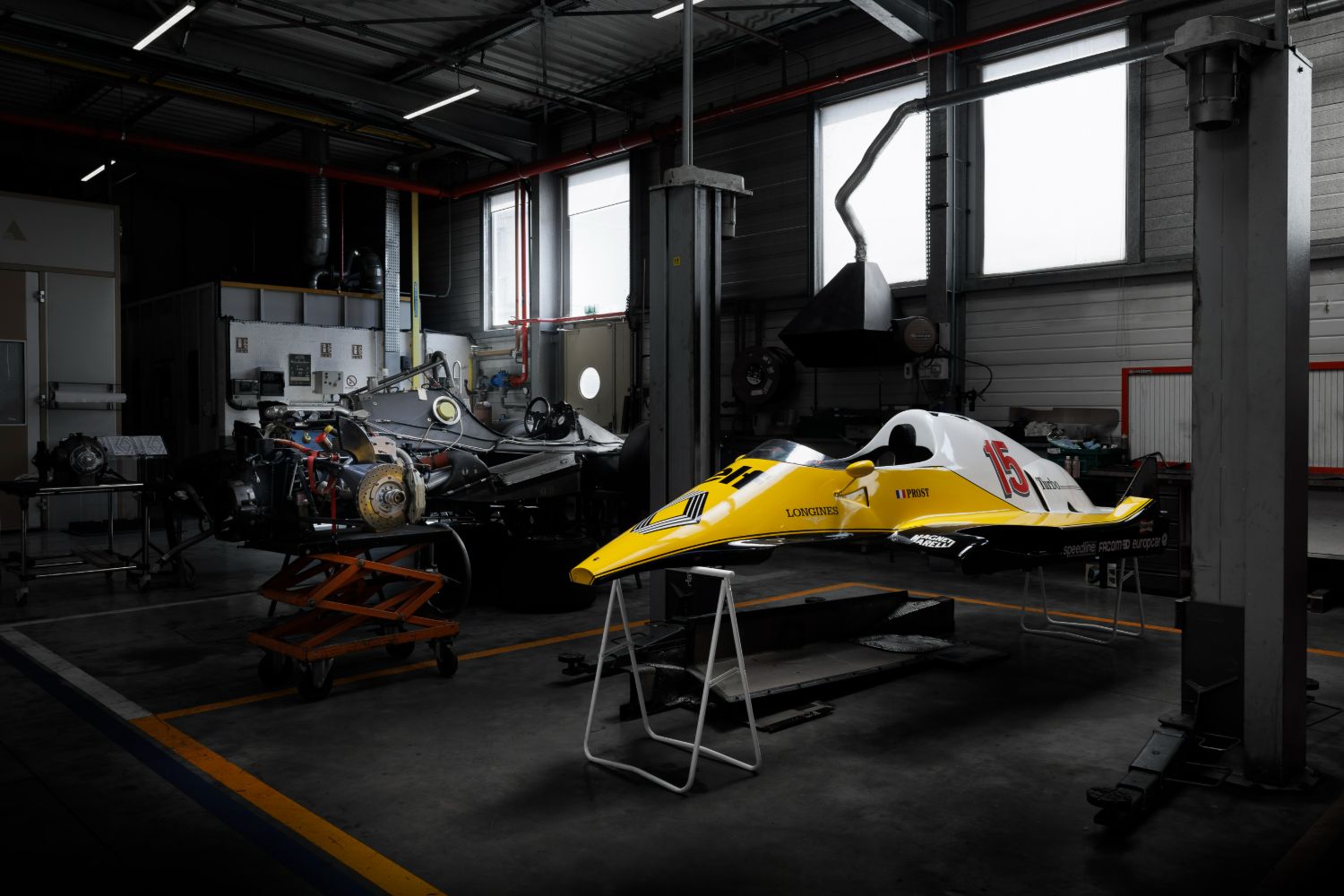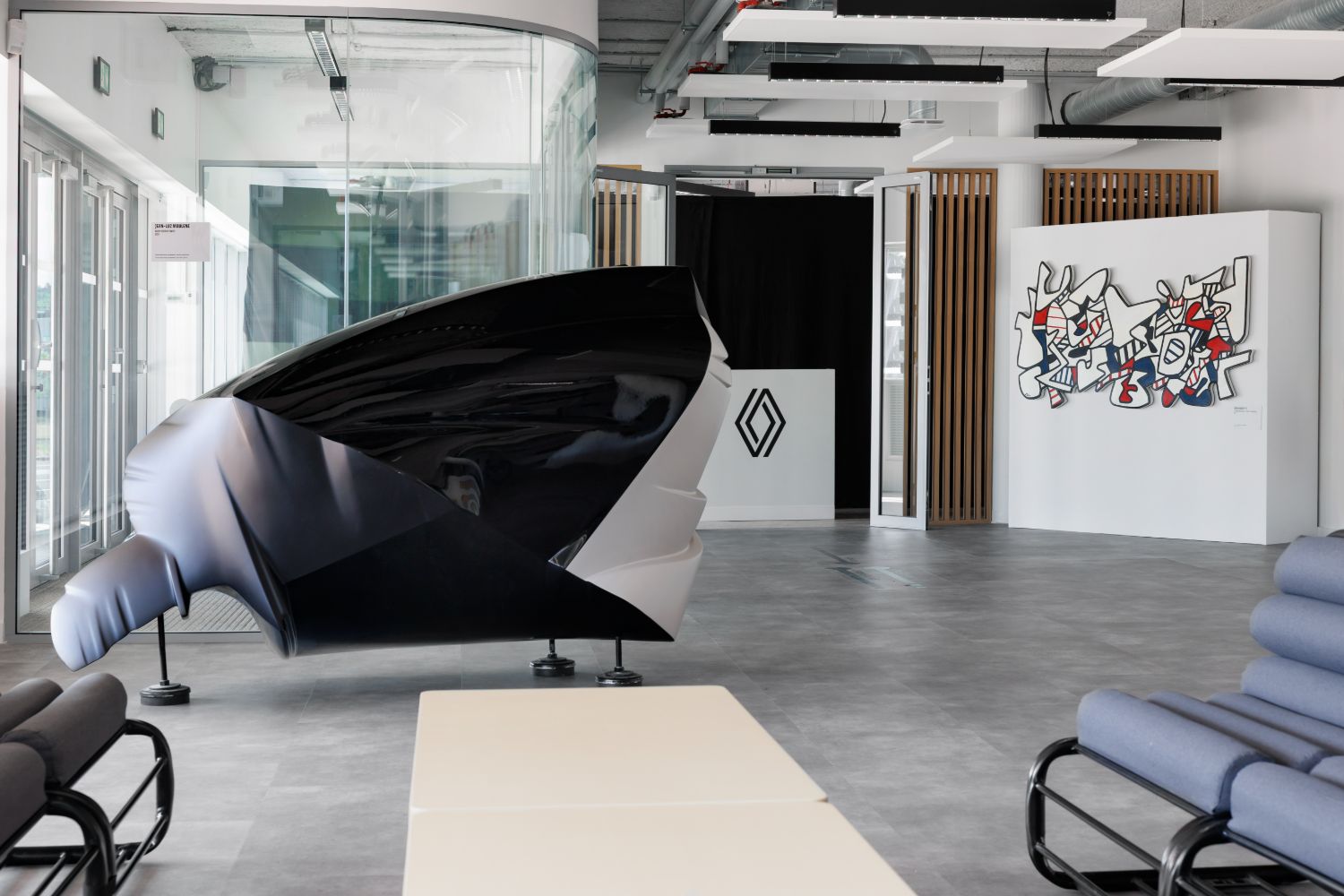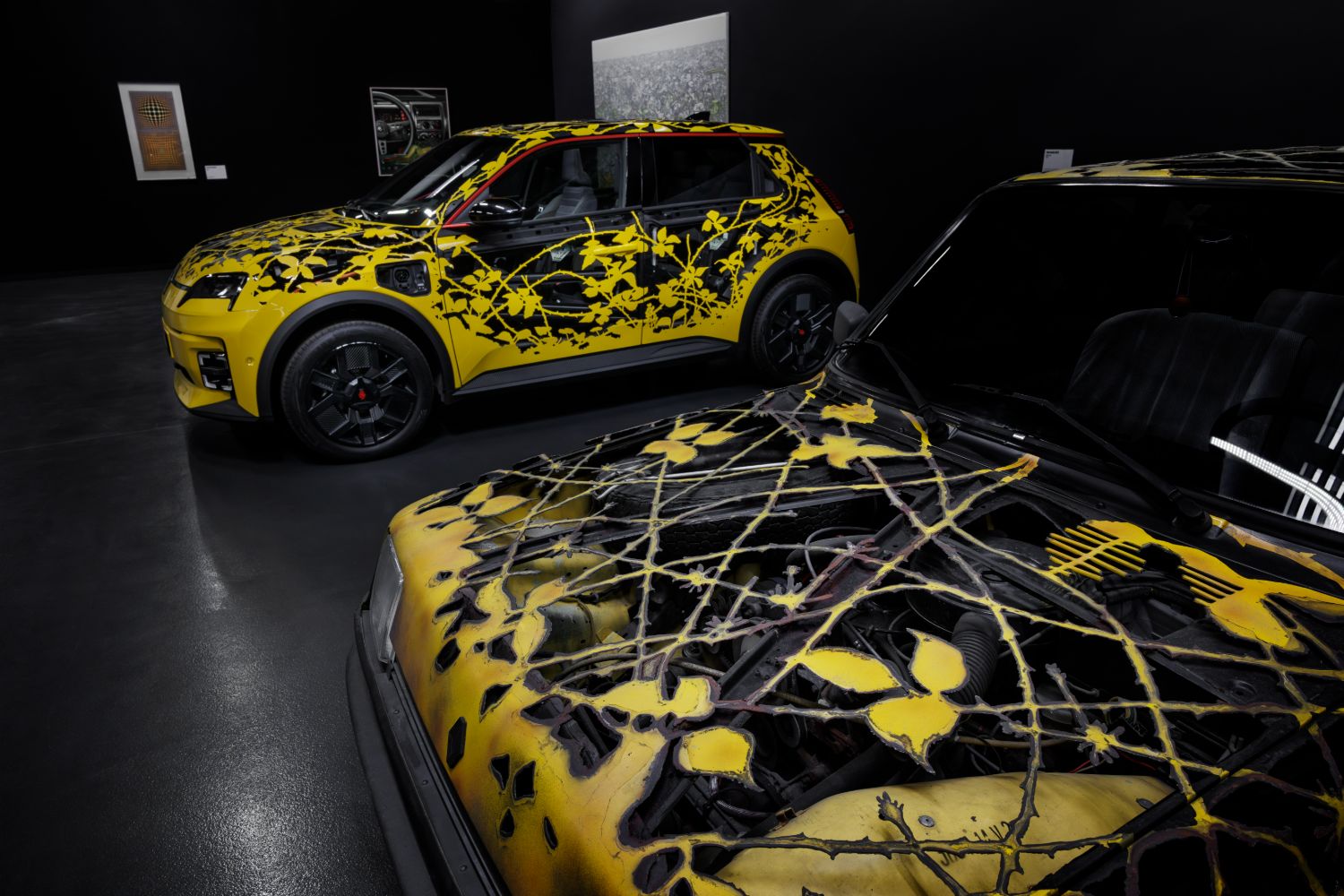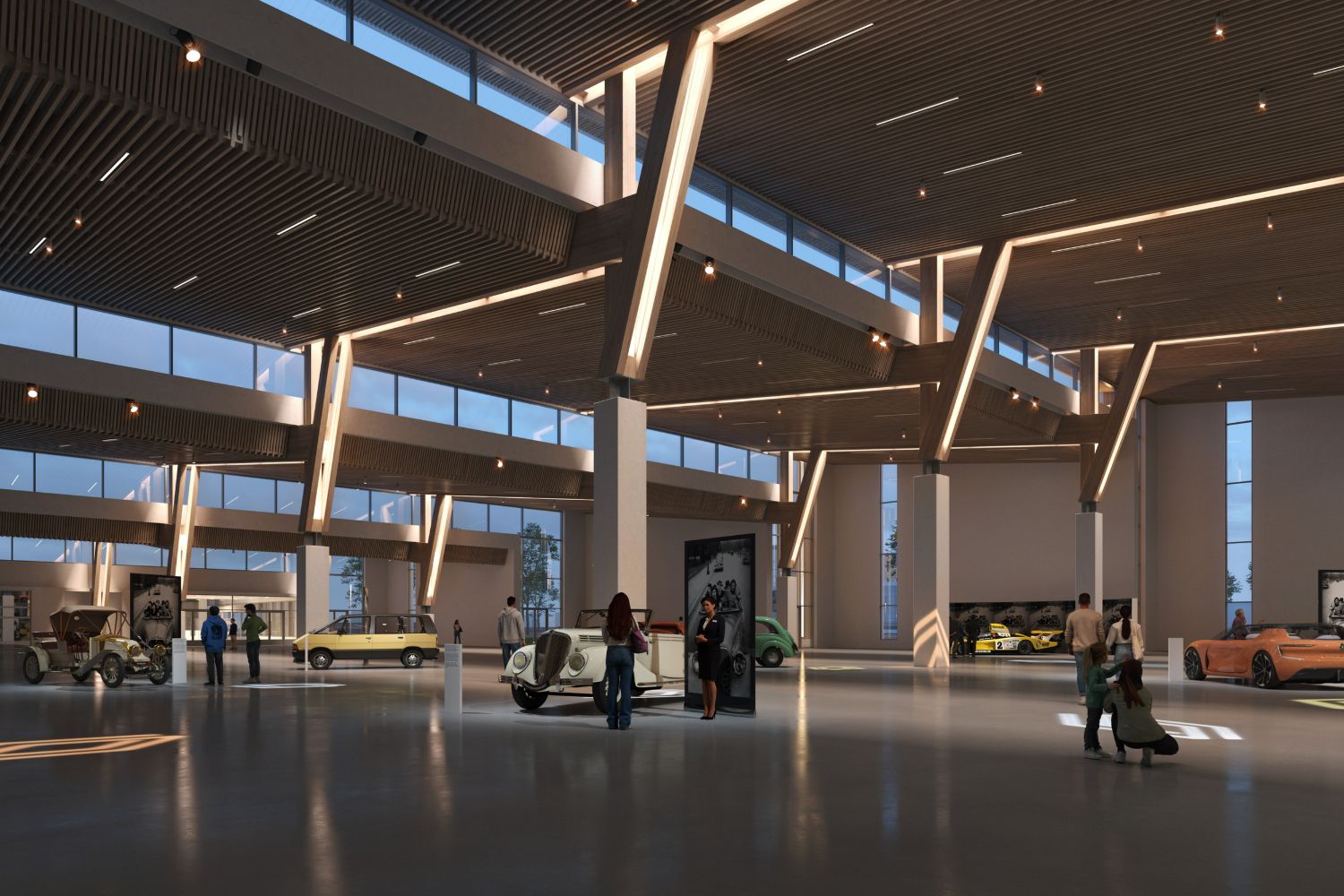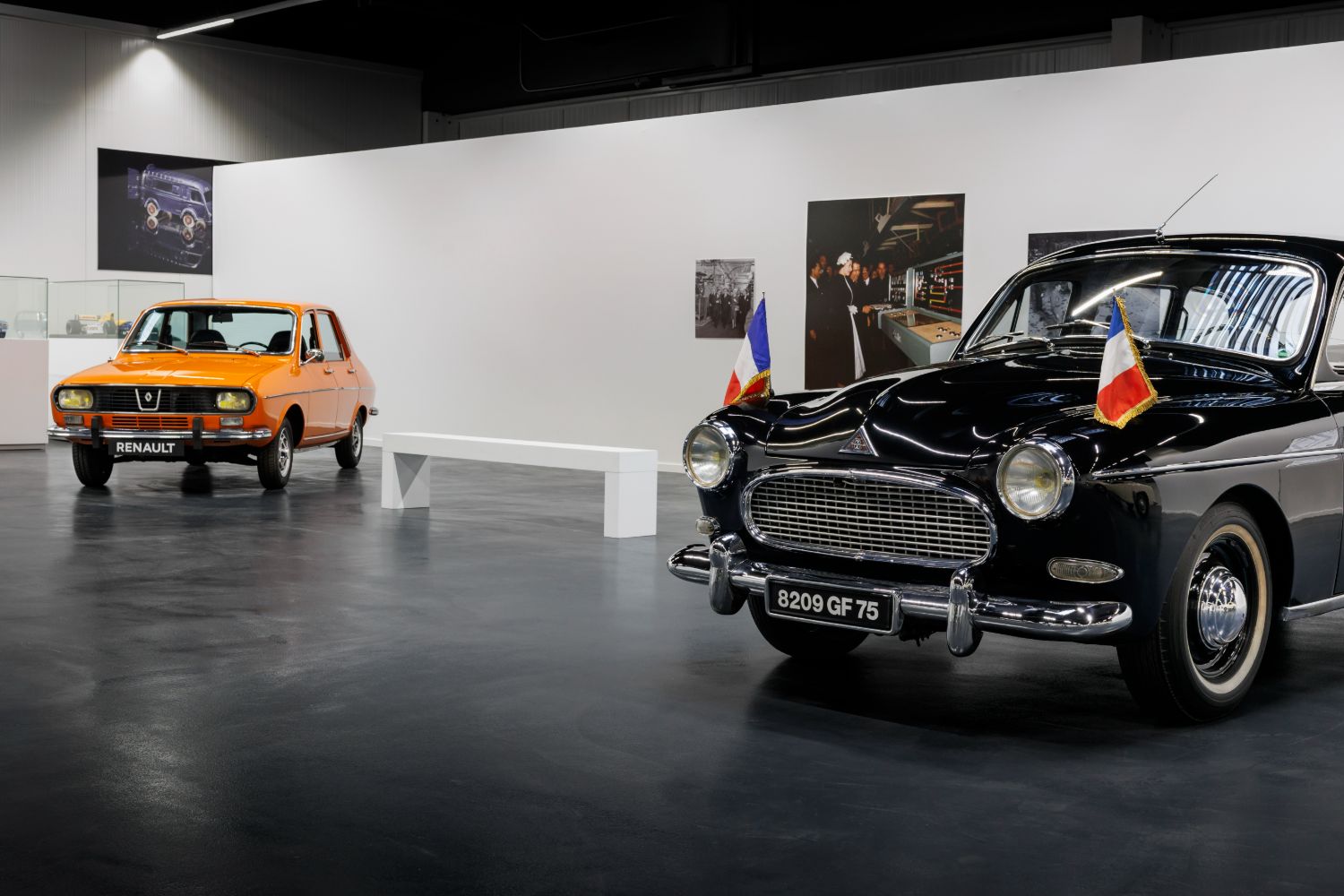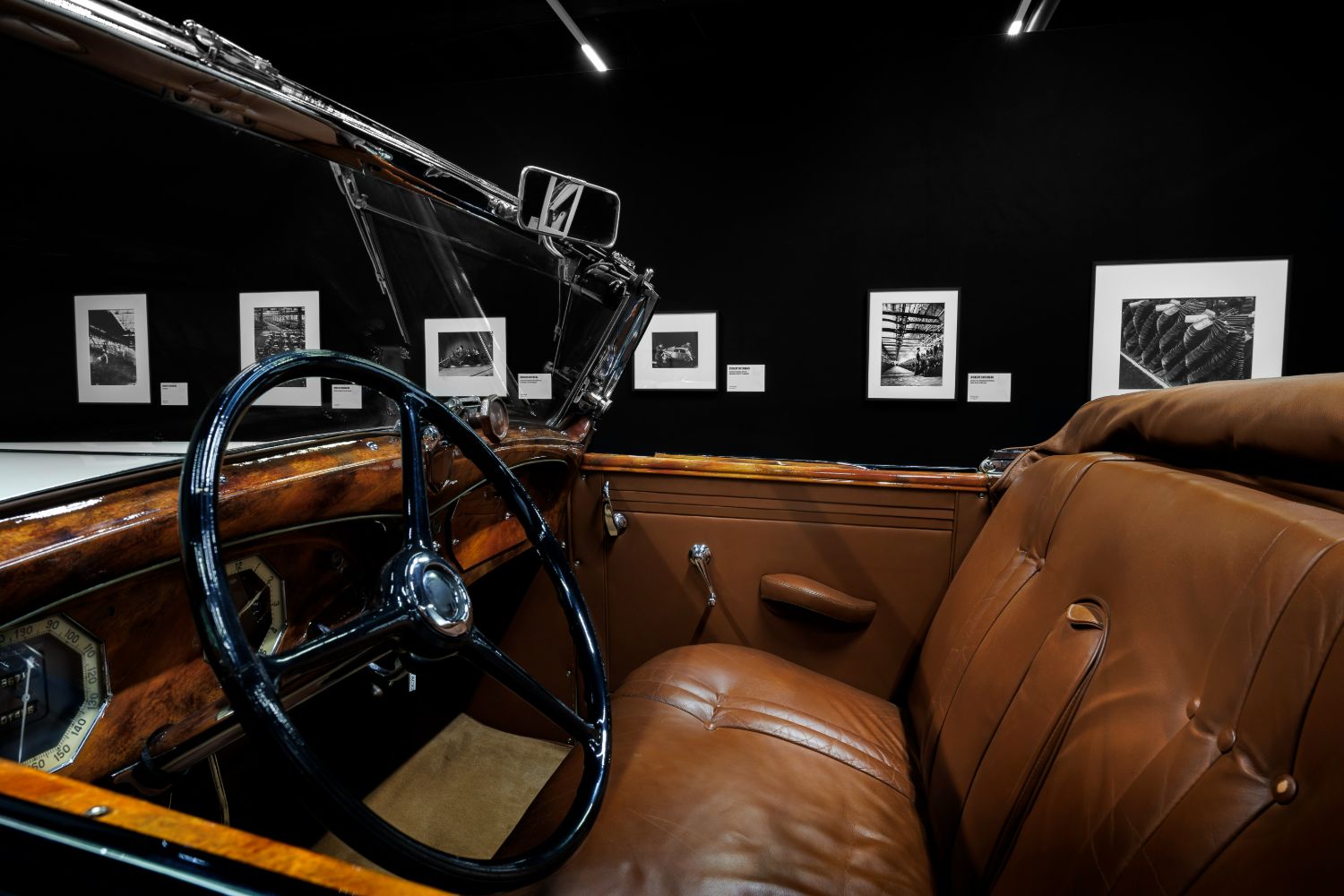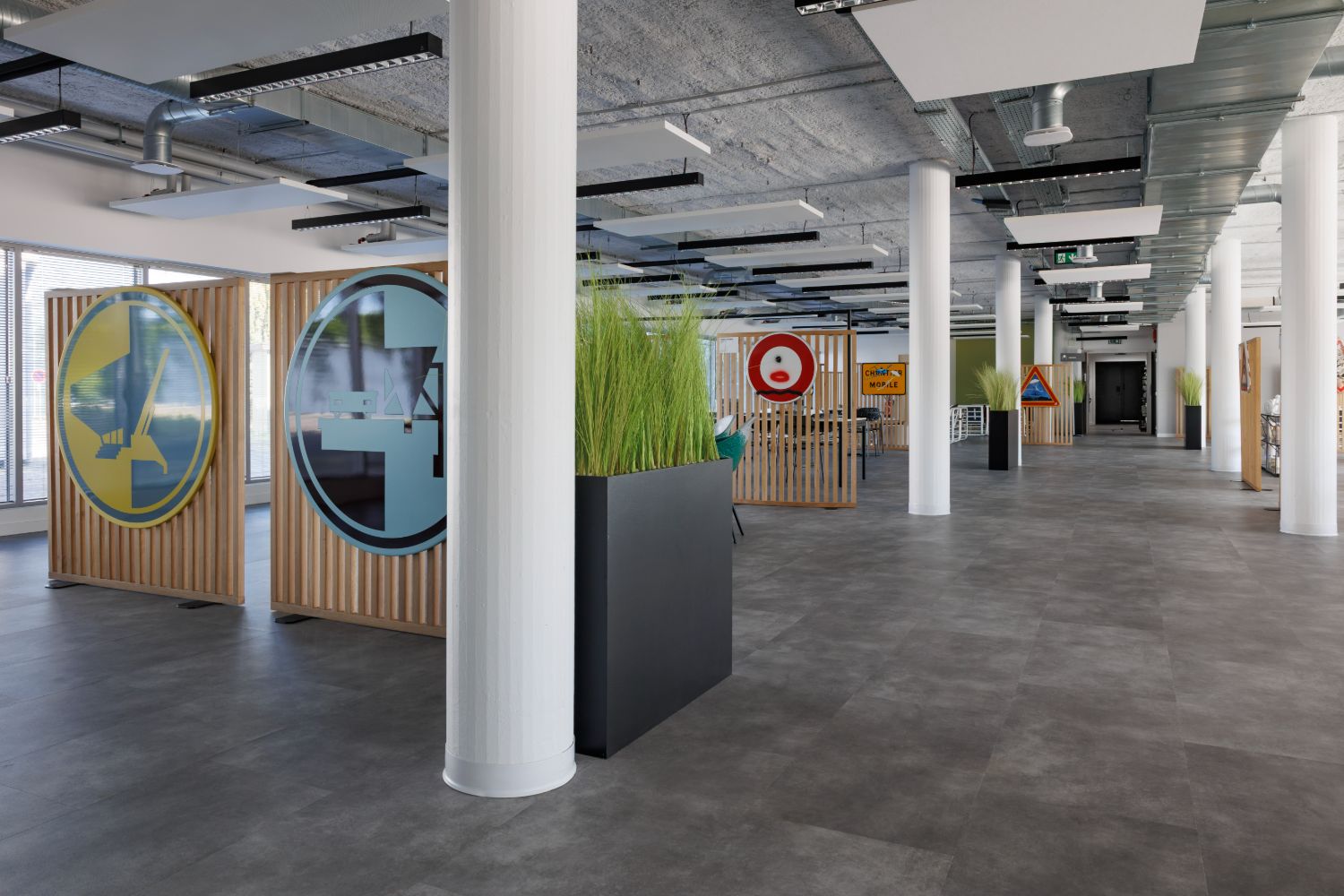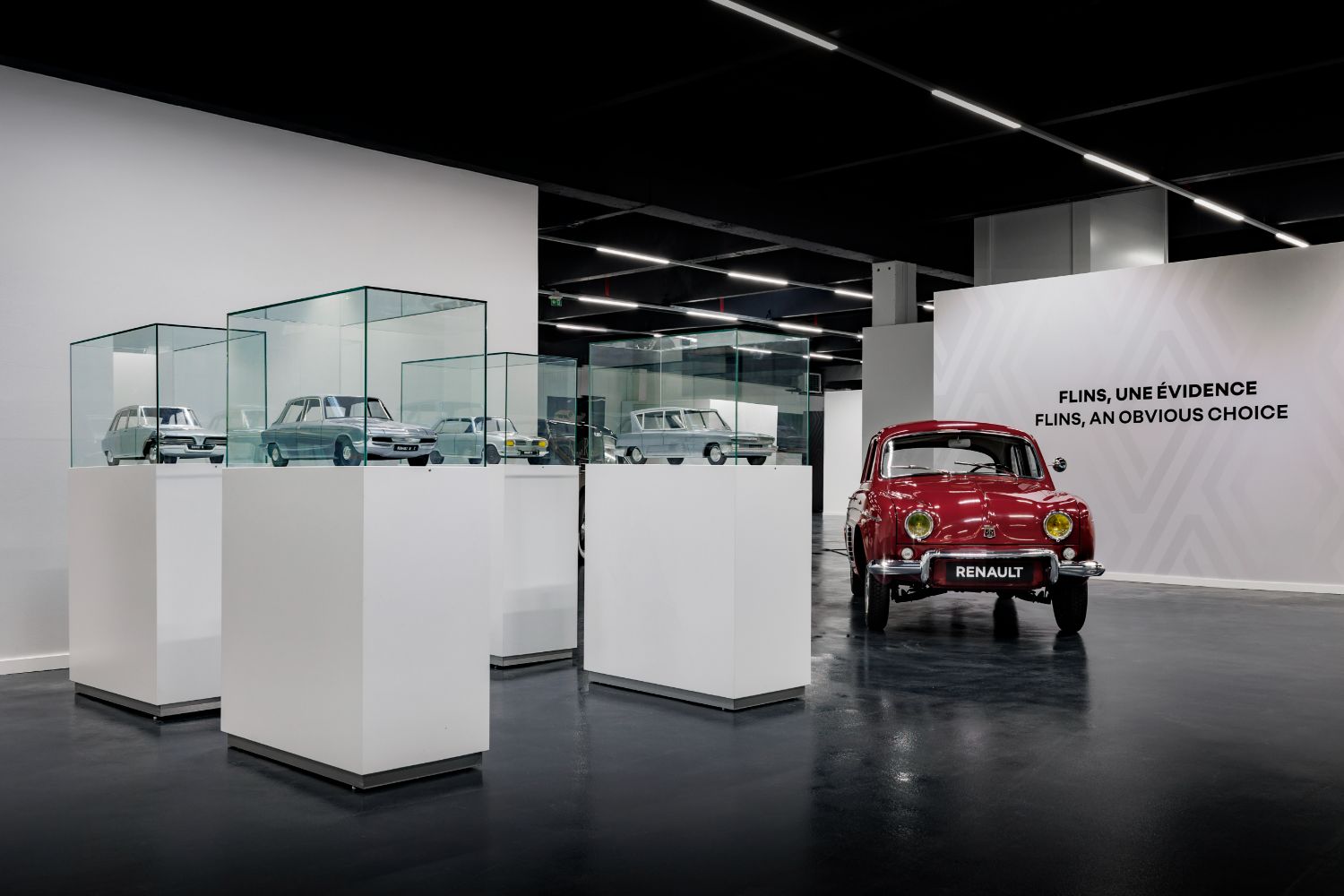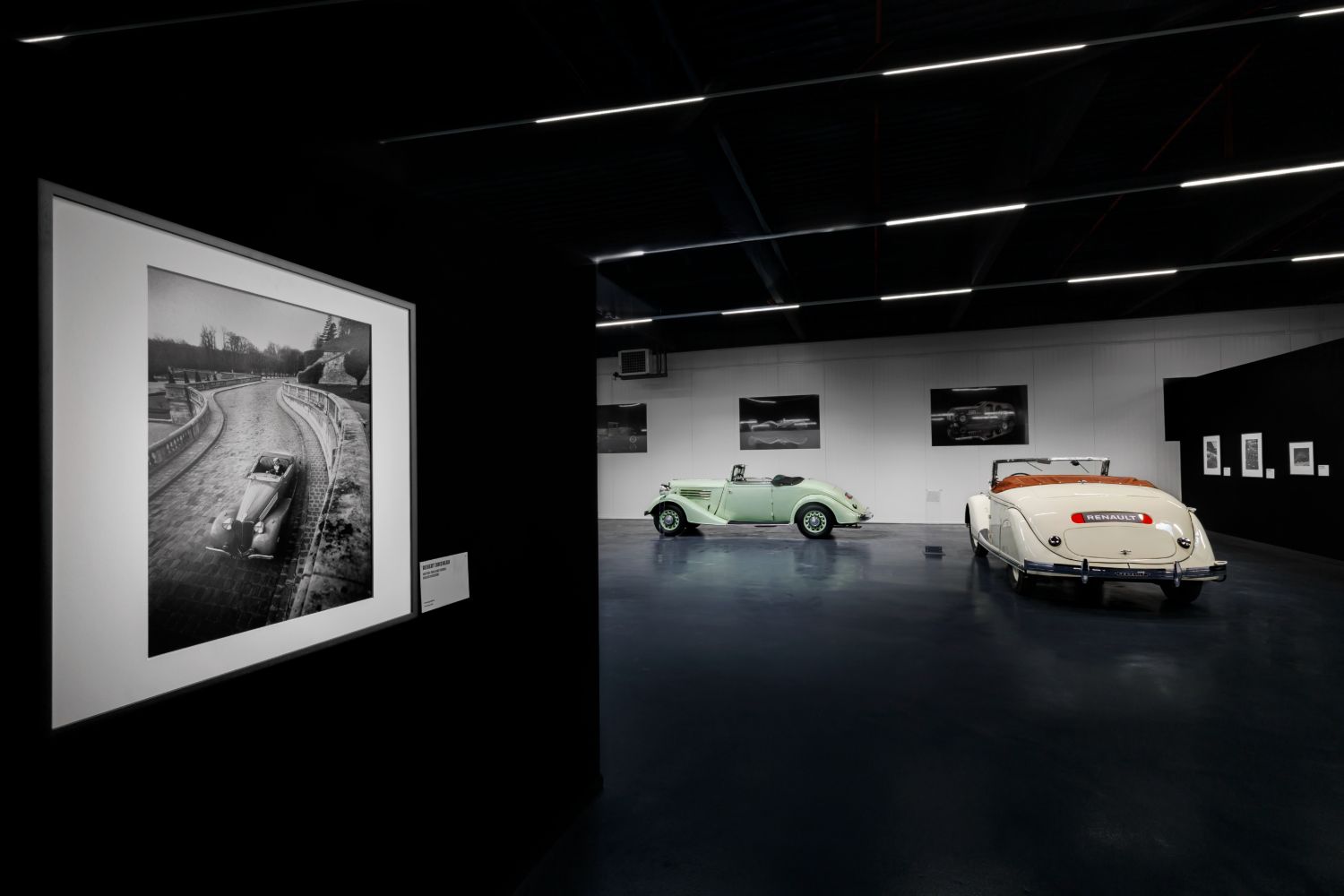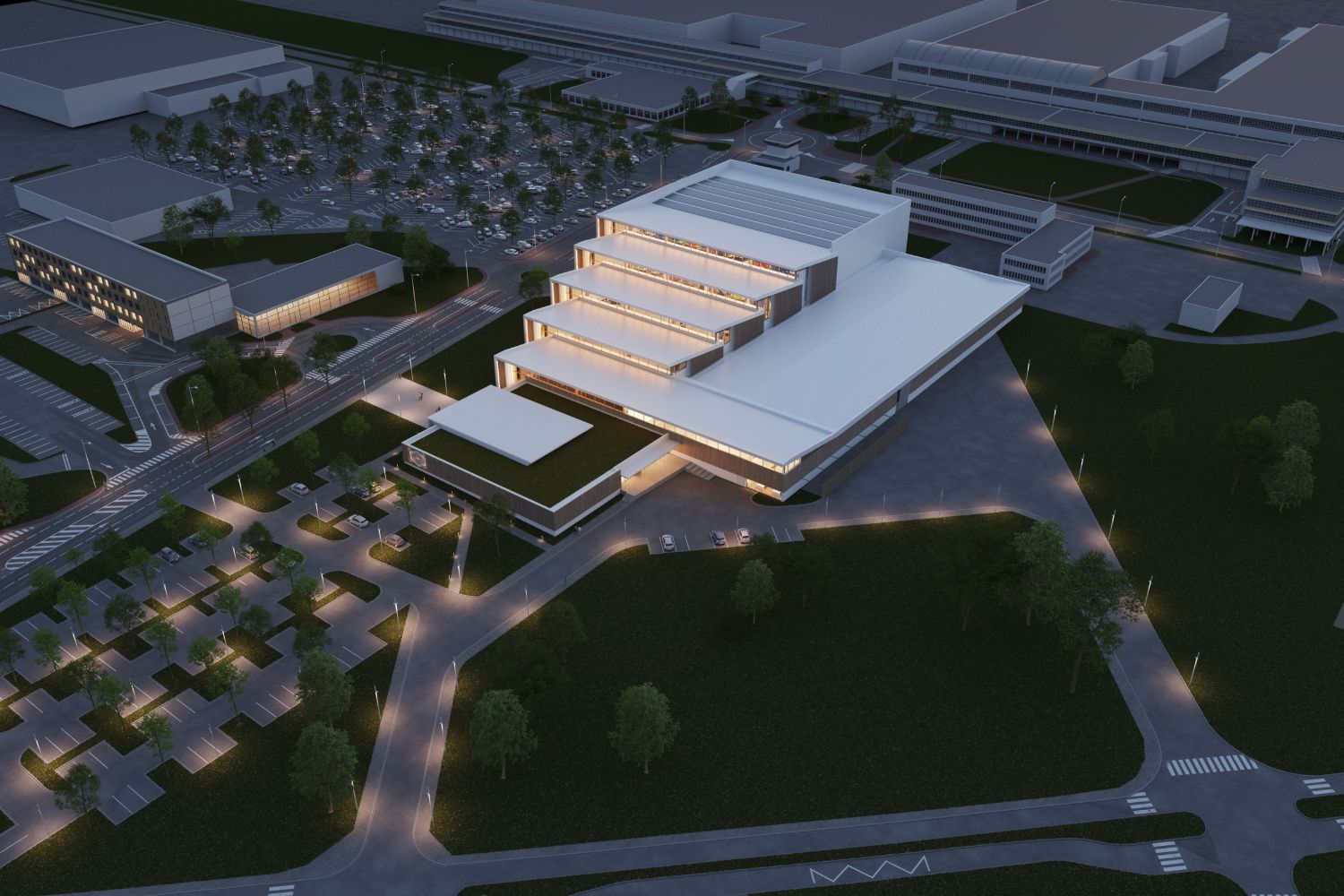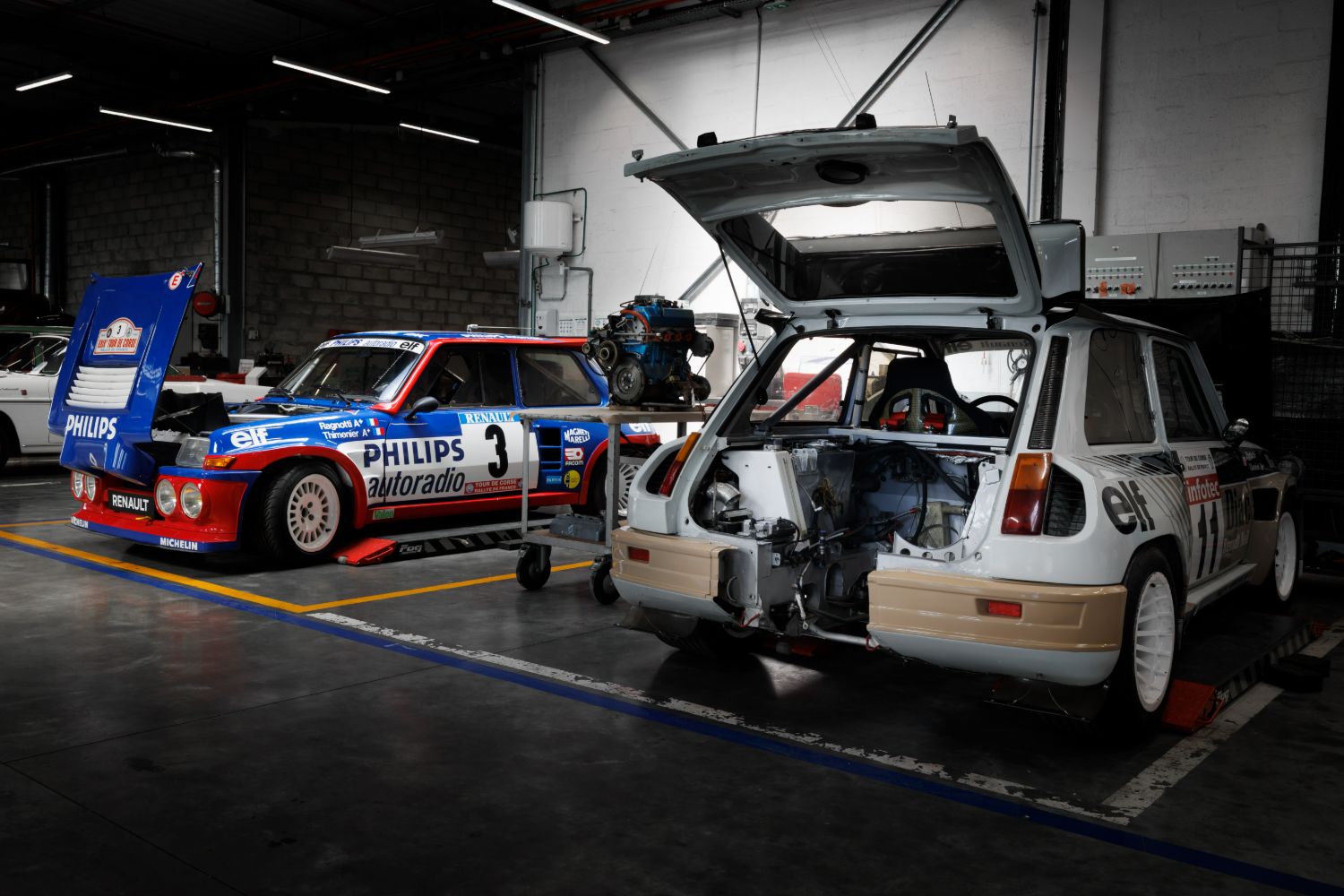Renault, one of the oldest extant car makers, is set to open a spectacular new museum in the grounds of its Flins factory, just outside Paris.
What's going to be in this museum?
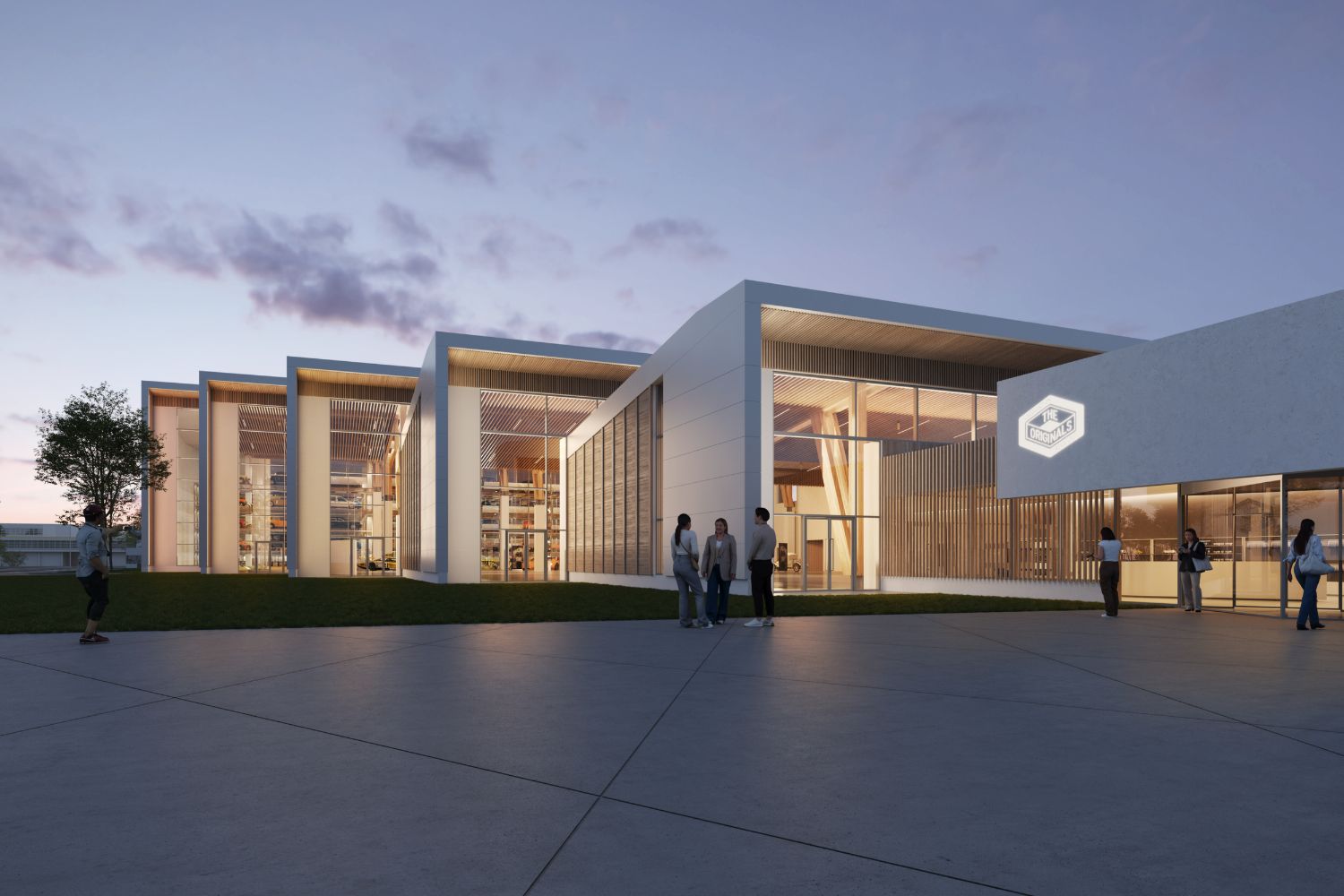
Old stuff, obviously. OK, so it's a bit more than that. Renault has more than 125 years of making cars in its past, and the idea of the new museum is to tell that remarkable story with classic, vintage, and veteran cars and also Renault's historical archives.
As the company says, this is not just about “technical innovation, but also of social transformation. And because cars contribute to shaping cities, lifestyles, art and culture, they are also a direct witness to everyday life. For visitors, the new venue will bring back personal memories associated with specific brand cars or commercials that marked their time, as well as giving them an opportunity to admire exceptional works of art from the Renault Fund.”
Where is the museum?
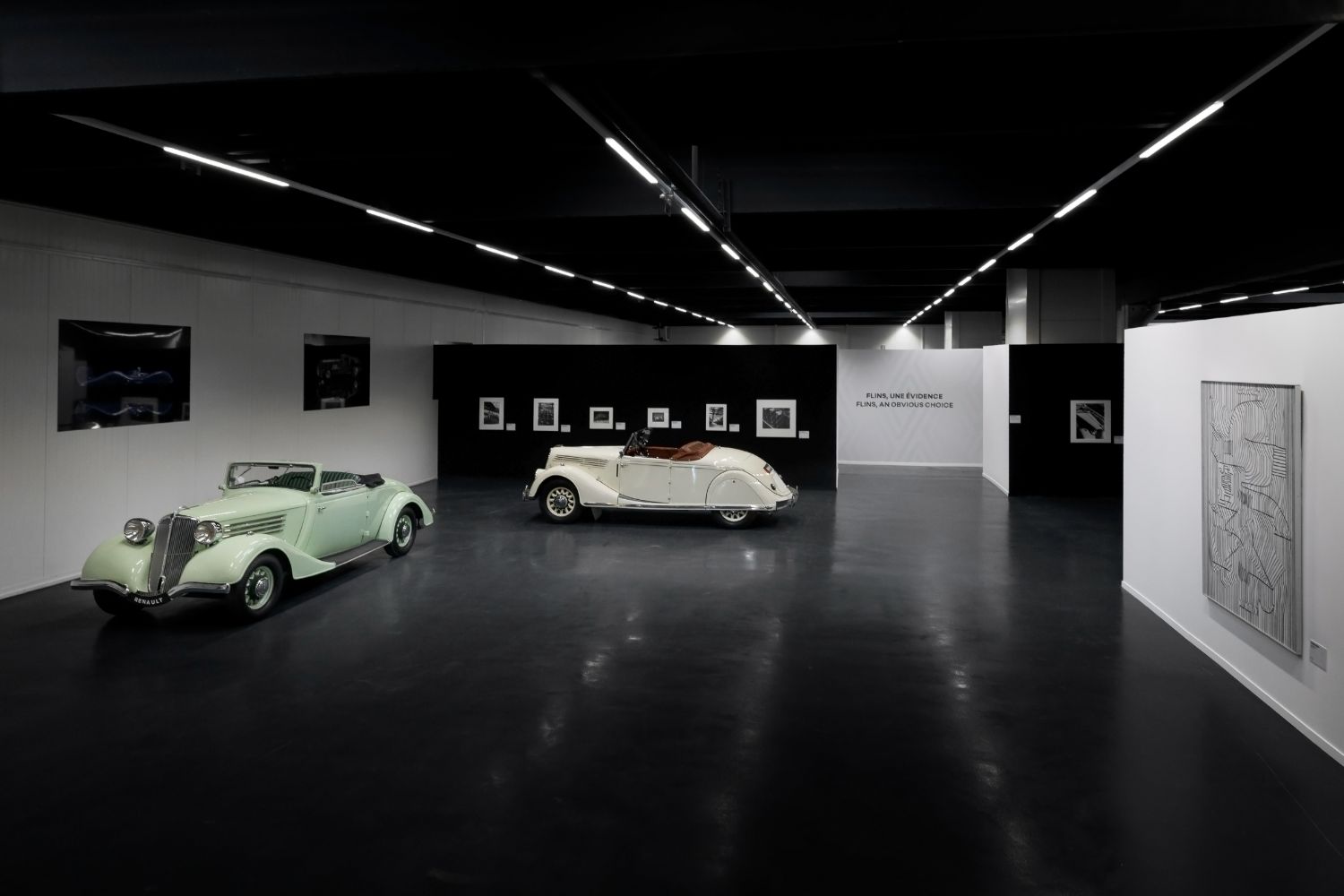
It's being built at the Flins factory site, about 40km from the centre of Paris. Flins is one of the most important factories in Renault's history, having opened in 1952, and being the home of the Renault 5 in the 1970s and 1980s, the Renault 4, four generations of Clio, and the all-electric Zoe. More recently, Flins has been re-invented as the 'Re-Factory' where old cars can be brought and stripped down for recycling.
Will it just be a big block of a building, filled with old cars?
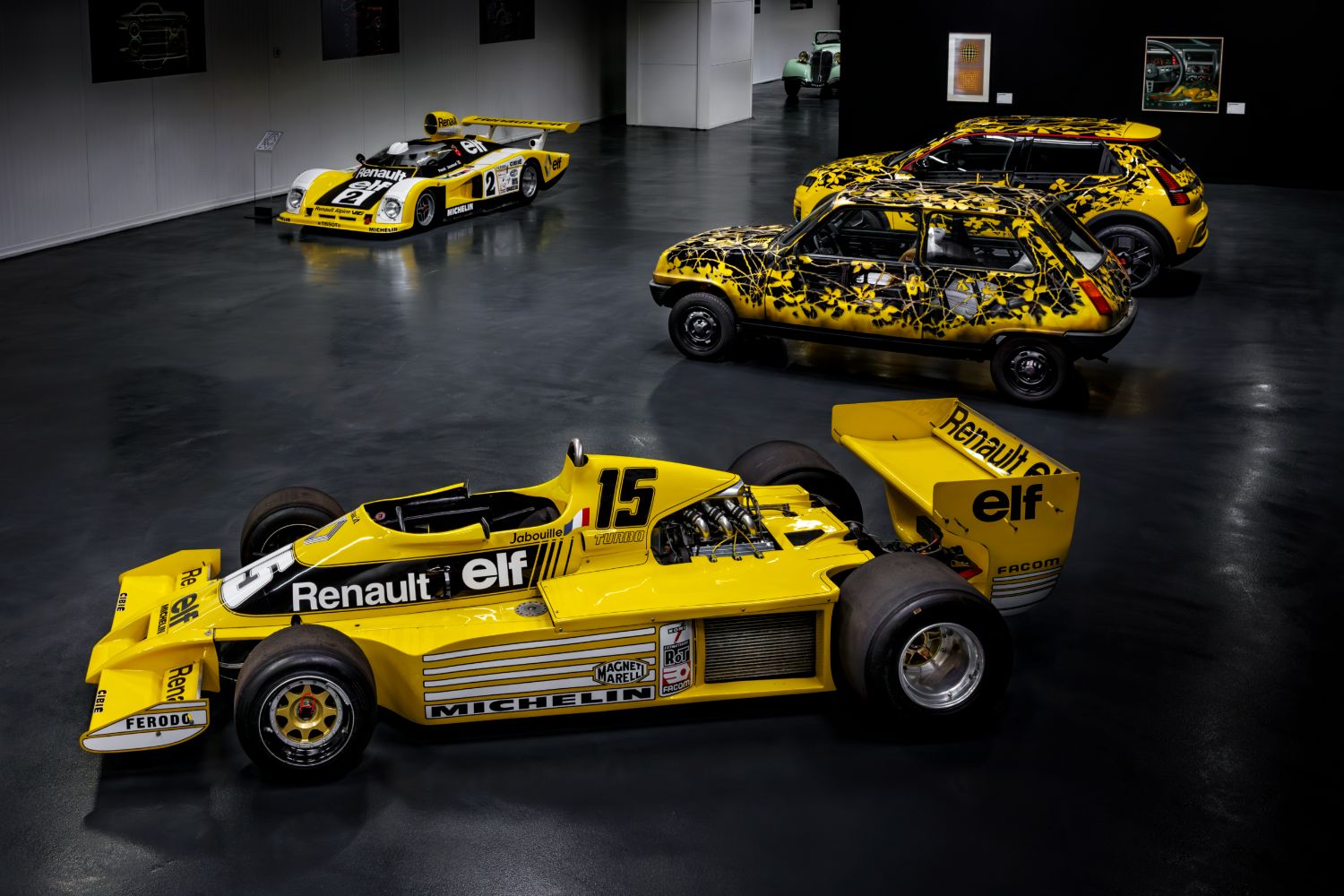
Absolutely not. Renault says that the new museum, designed by architect Jacob Celnikier from the agency CGA, is meant to match the 'orthogonal' style of the original Flins factory, which itself was designed by award-winning architect Bernard Zehrfuss. The building has been designed to look almost like a descending staircase.
Inside, there are 2,800-square metres of space for events, for displays, and for the storage of Renault's classic car collection and its archive. The biggest display will be a huge transparent 'rack', full of original cars, which can be seen from outside the museum through the massive windows. It'll be like the ultimate shelf of Hot Wheels, but with a French twist.
There will be more conventional displays on the museum floor, of course, and the cars will range from the first car built by Louis Renault in 1898, the Type A, to pre-war models, Formula 1 cars, Alpine sports cars, and motor show concept cars. There's also a restoration workshop for brining old Renaults back to their former glory.
What else will be on display?
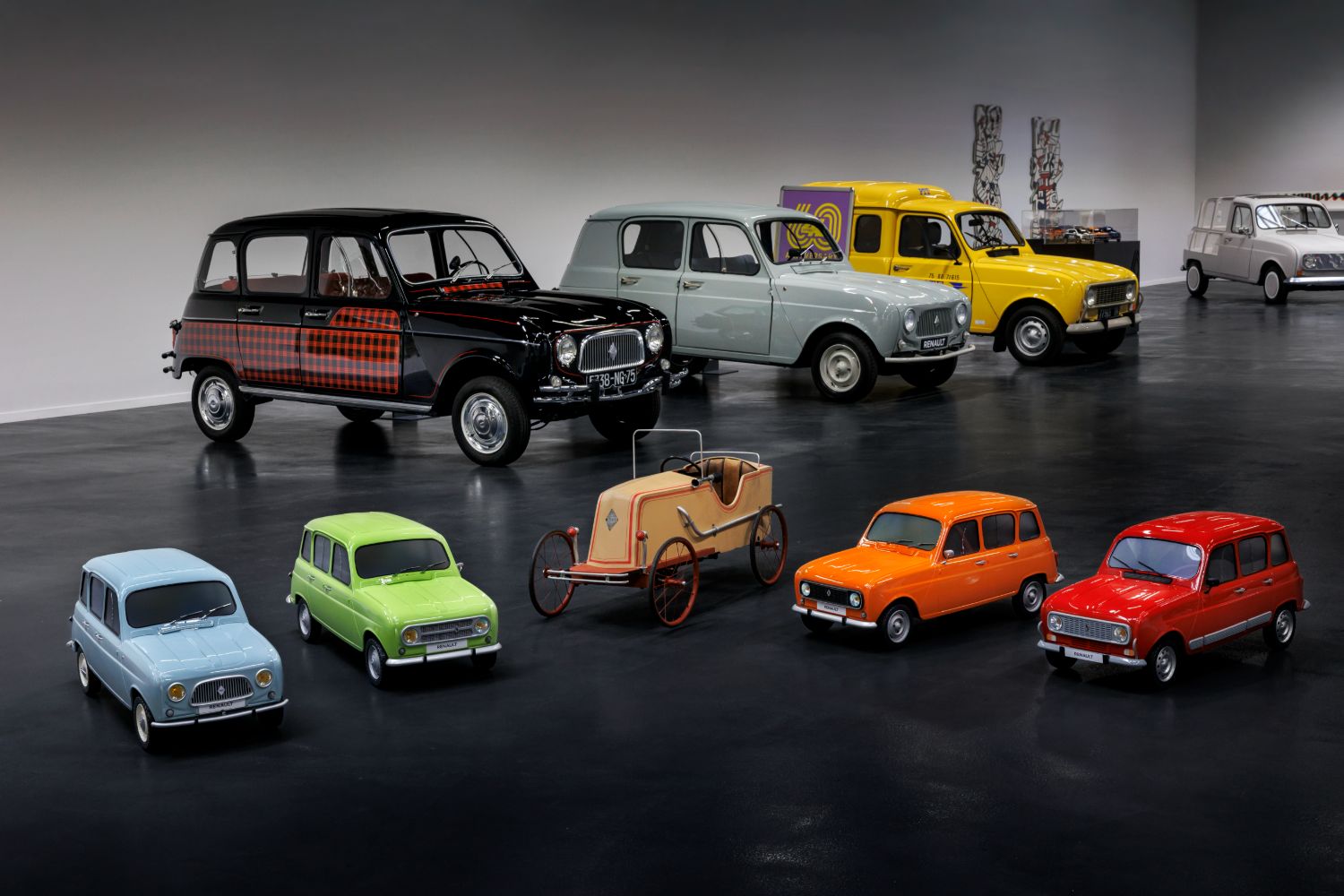
Well, Renault's archive of its own history - some 2,400 linear metres of paperwork - will be on display, ranging from posters, design drawings, miniatures and toys, pedal cars, cups and medals, and books making up a whole bibliography of Renault.
There will also be displays of Renault's art collection, which dates back to the 1930s, and which includes a selection of humanist photography, particularly by Robert Doisneau, a full-time employee of the company between 1934 and 1939; 1960s sculptures by Arman and Jean Tinguely; and representations of 'Art Brut' from painter and sculptor Jean Dubuffet. Just next door to the museum, in what used to be the Flins factory's paint shop, there's a new 'Art Factory', which is set up for the creation and display of modern urban art, so while Flins doesn't build cars anymore, it does make art.
“I believe that a brand draws its strength first and foremost from its roots. Our industrial and cultural heritage is based on 125 years of history and is still incredibly relevant today. It inspires our workforce every day in their efforts to imagine the future of mobility. And you could say that it belongs to everyone, since Renault is also part of a universal popular culture. This is why we wanted to share our heritage widely, through a dynamic, open experience accessible to everybody. The new site is a family venue, where you can stroll around the cars, and reconnect with a history that is not static but constantly evolving: a heritage that makes us proud and that we want to convey to the full” said Fabrice Cambolive, CEO of the Renault Brand.

